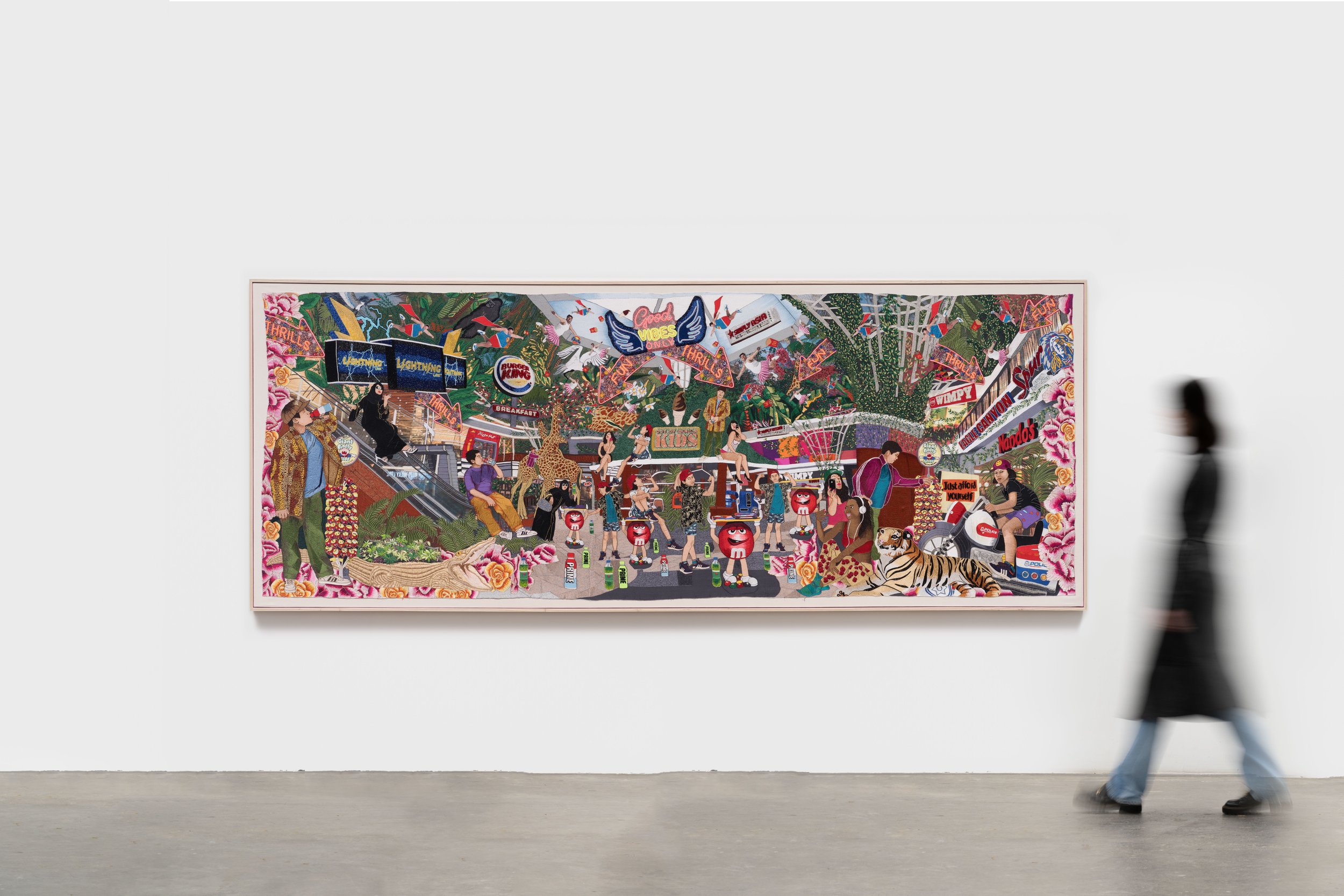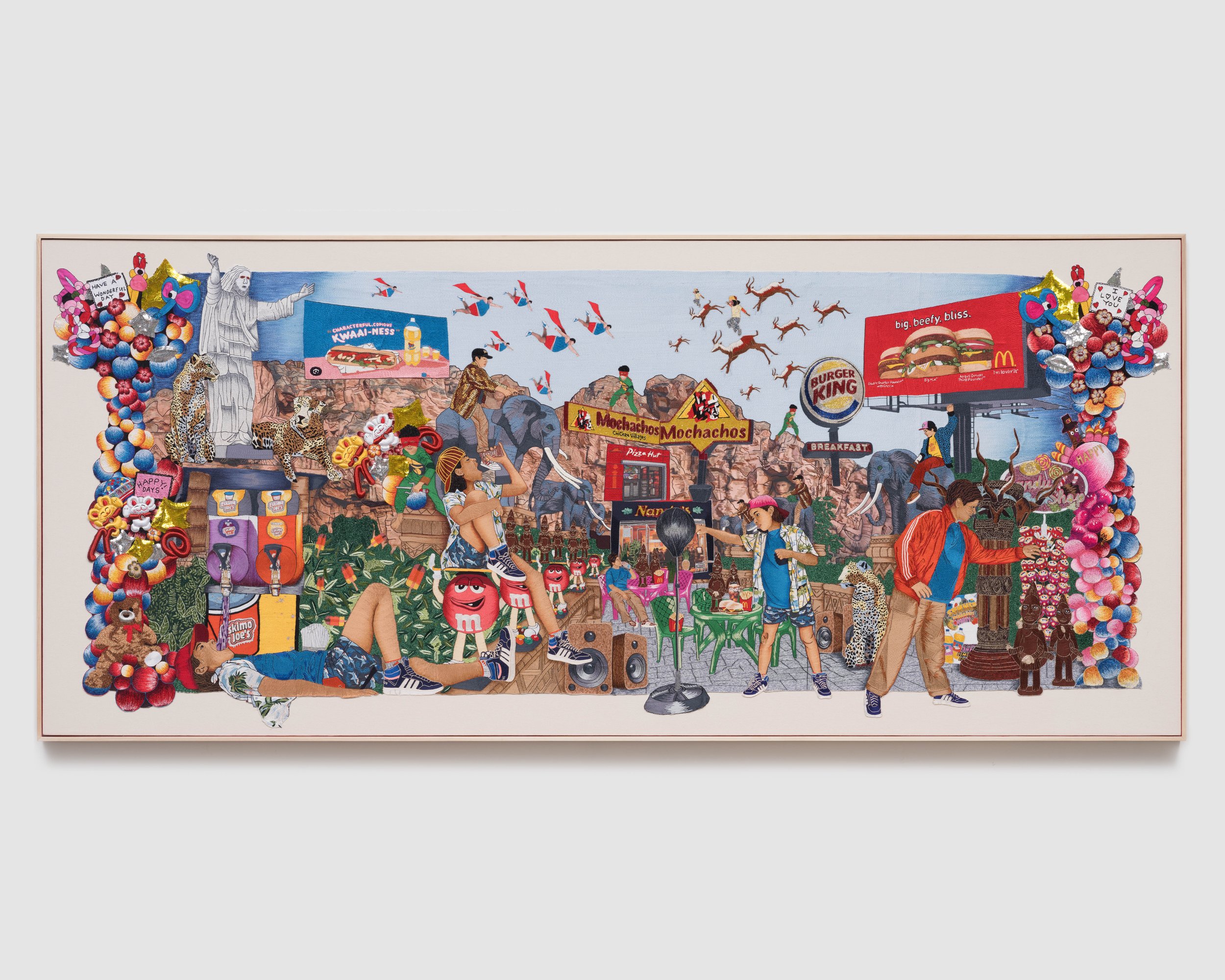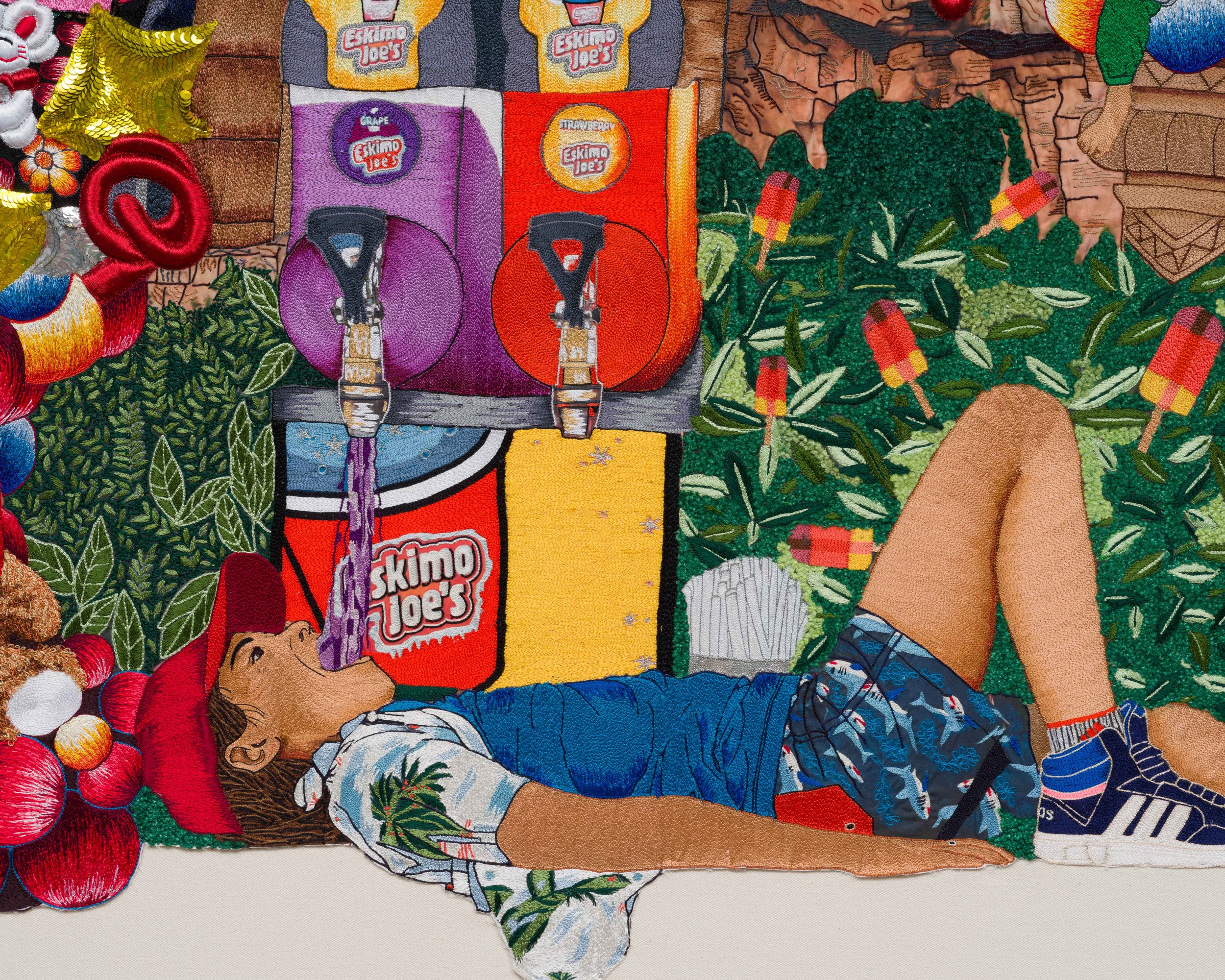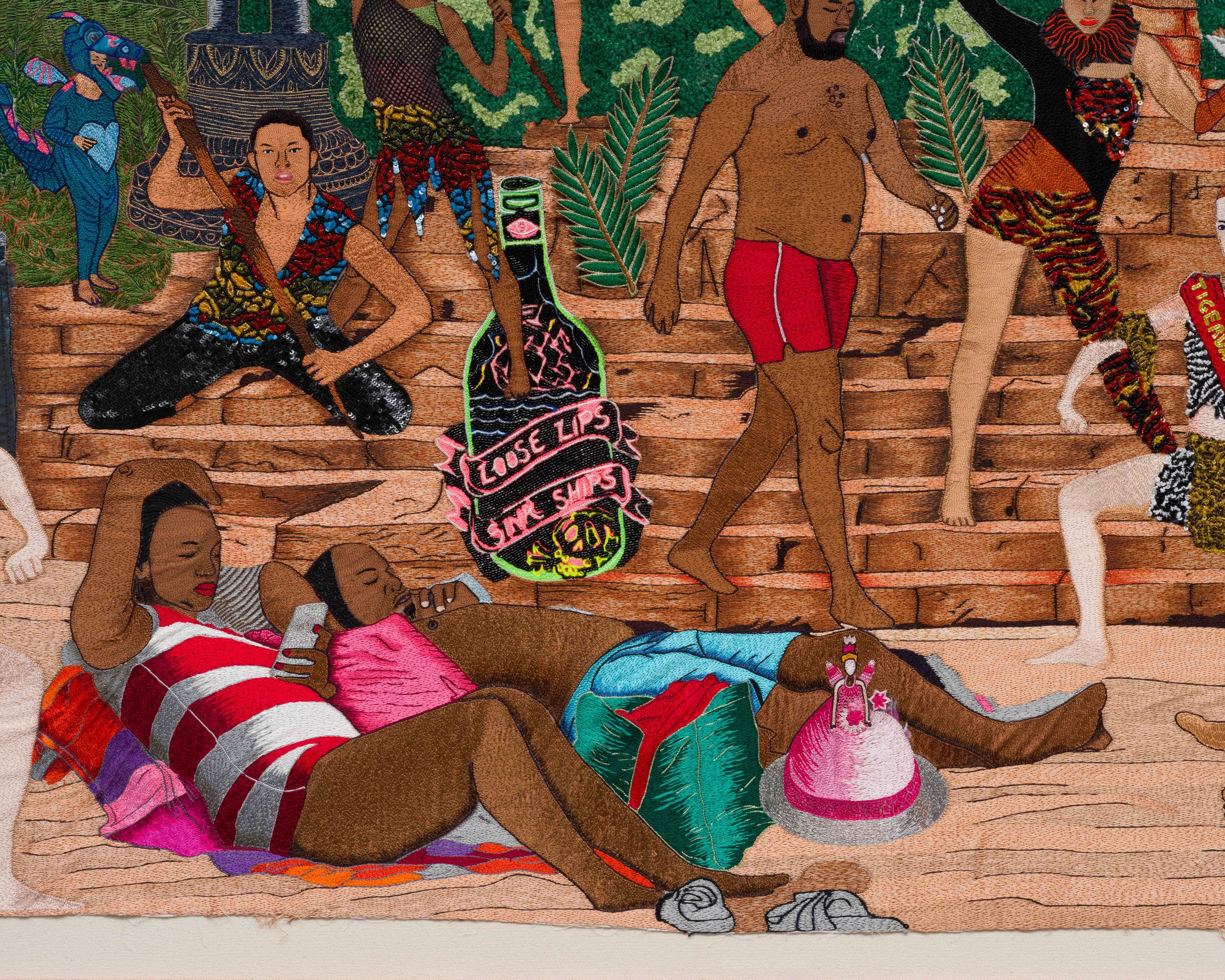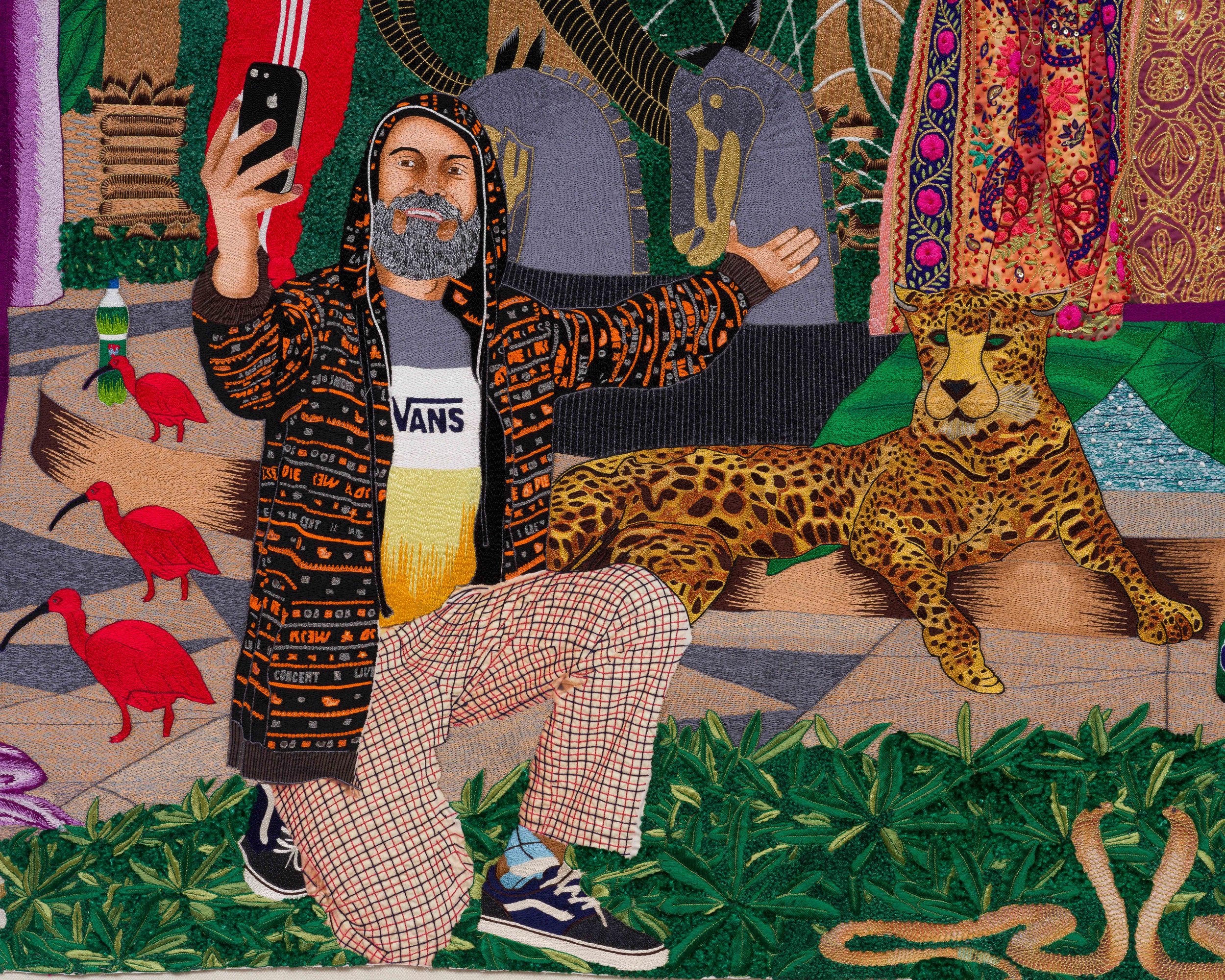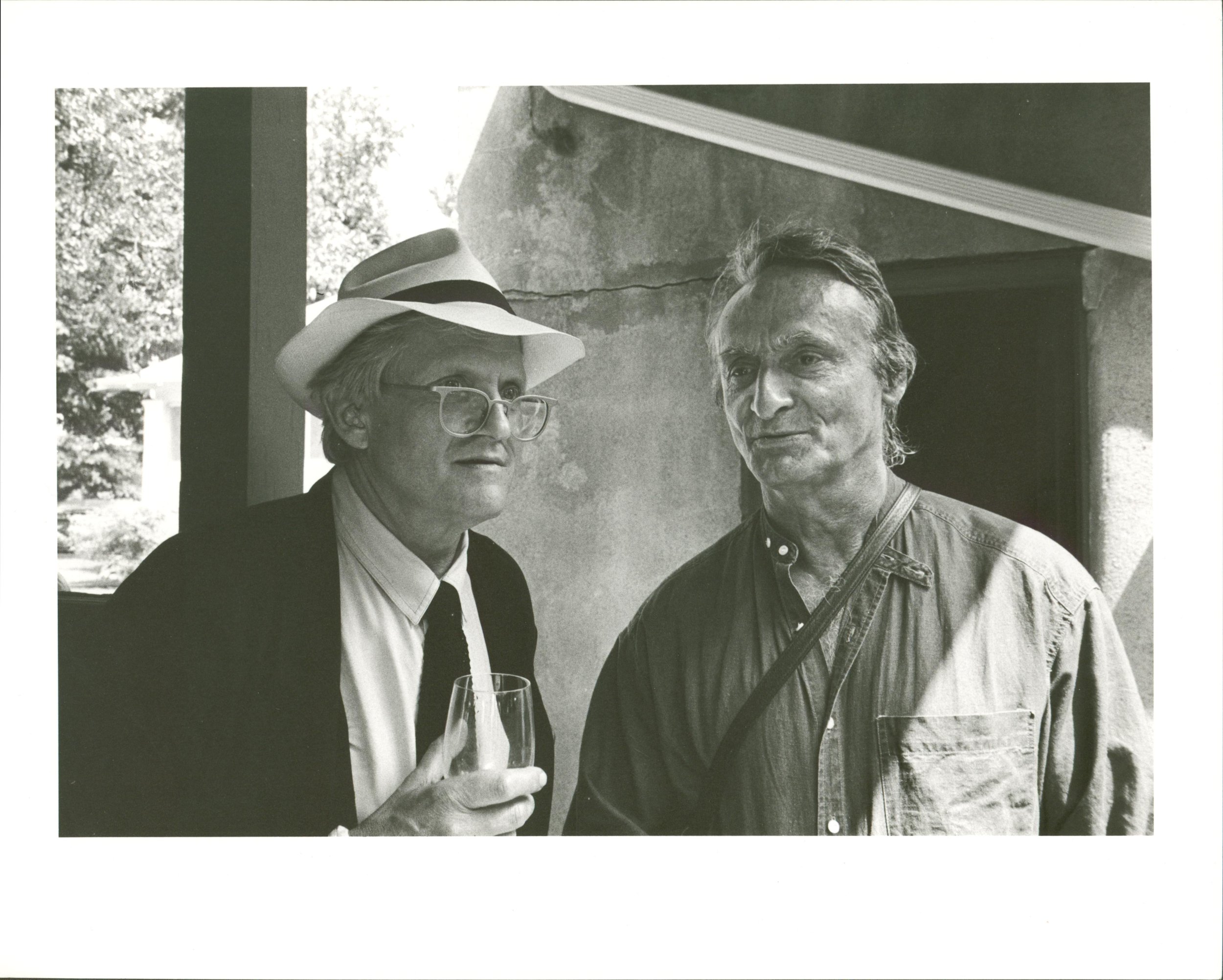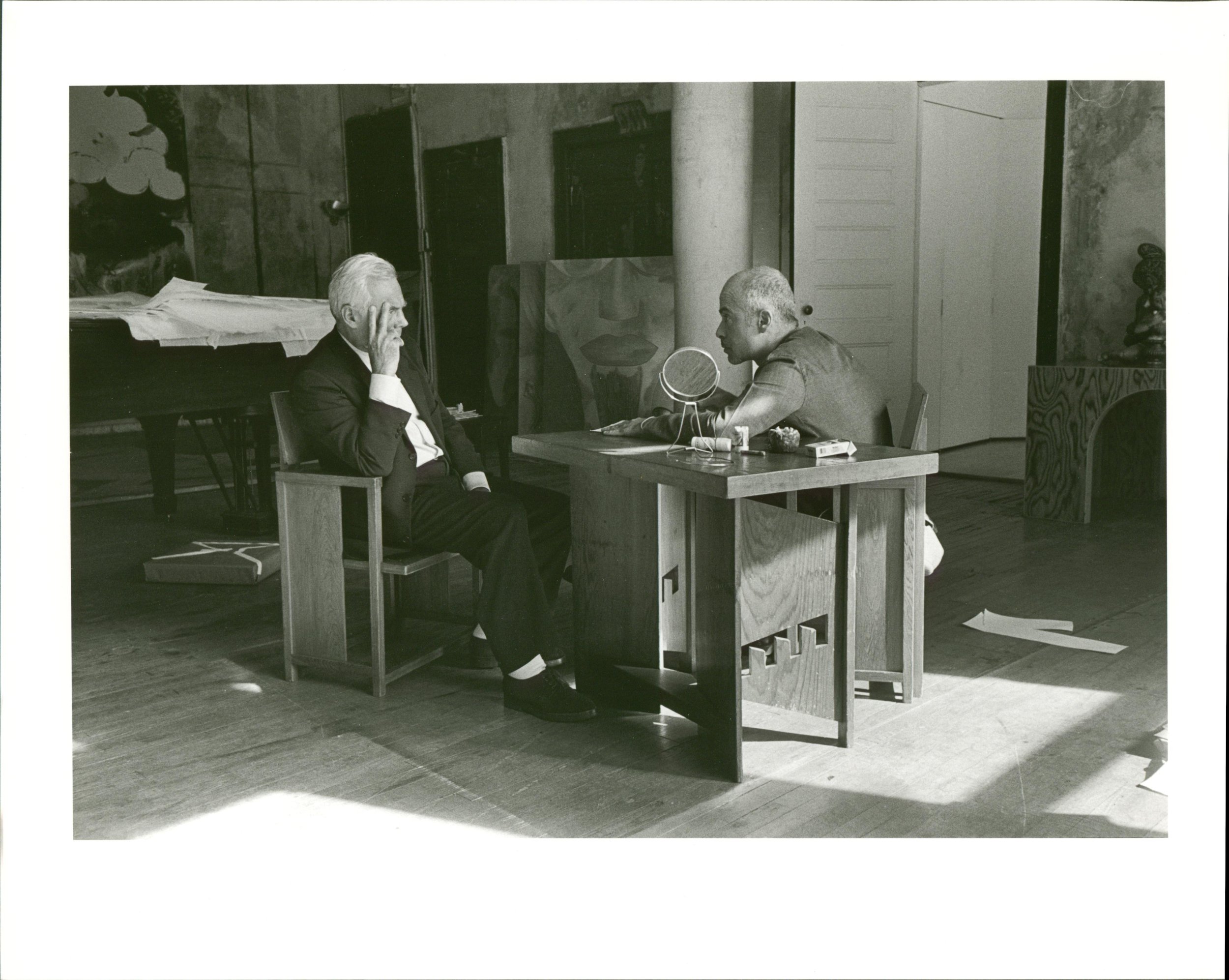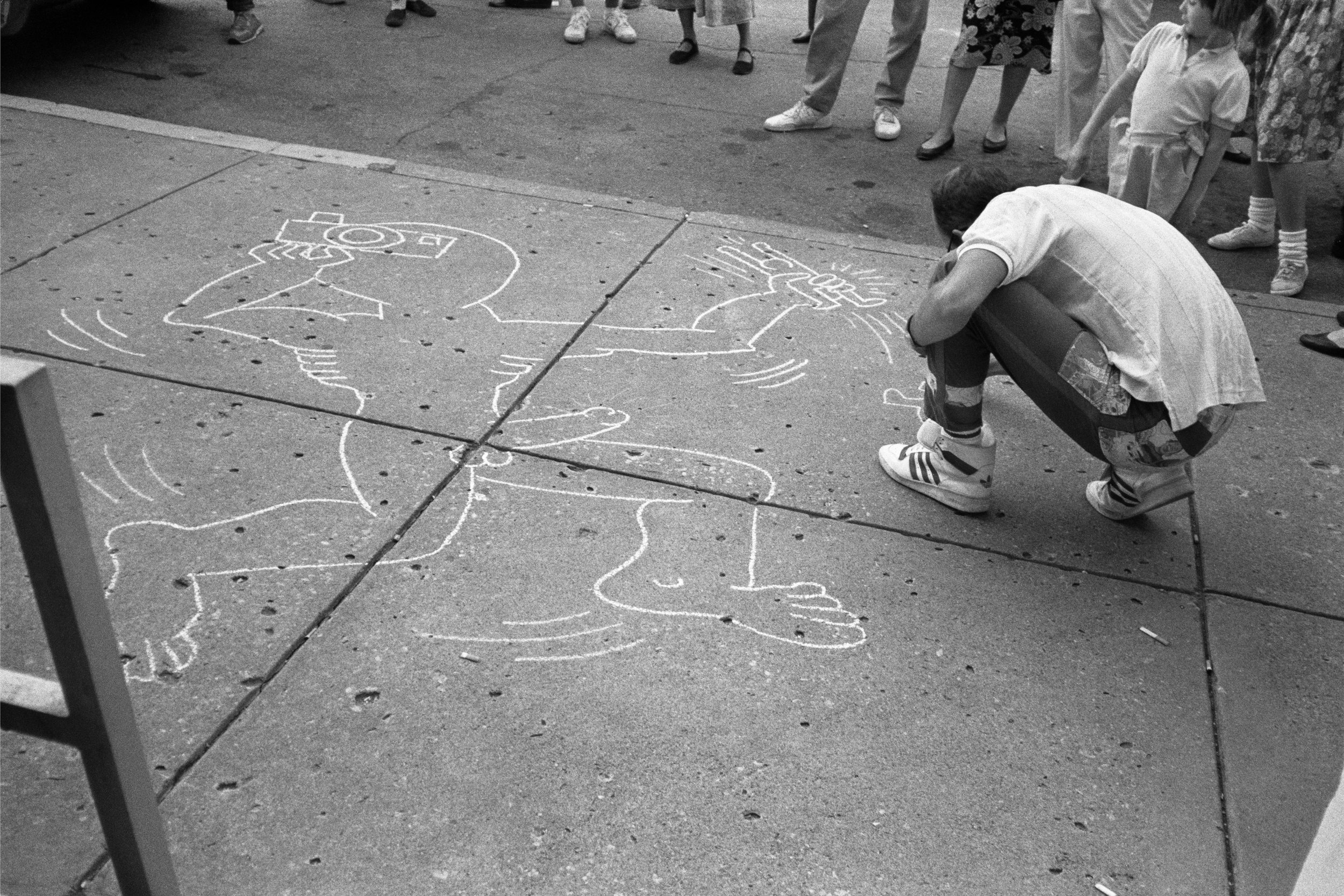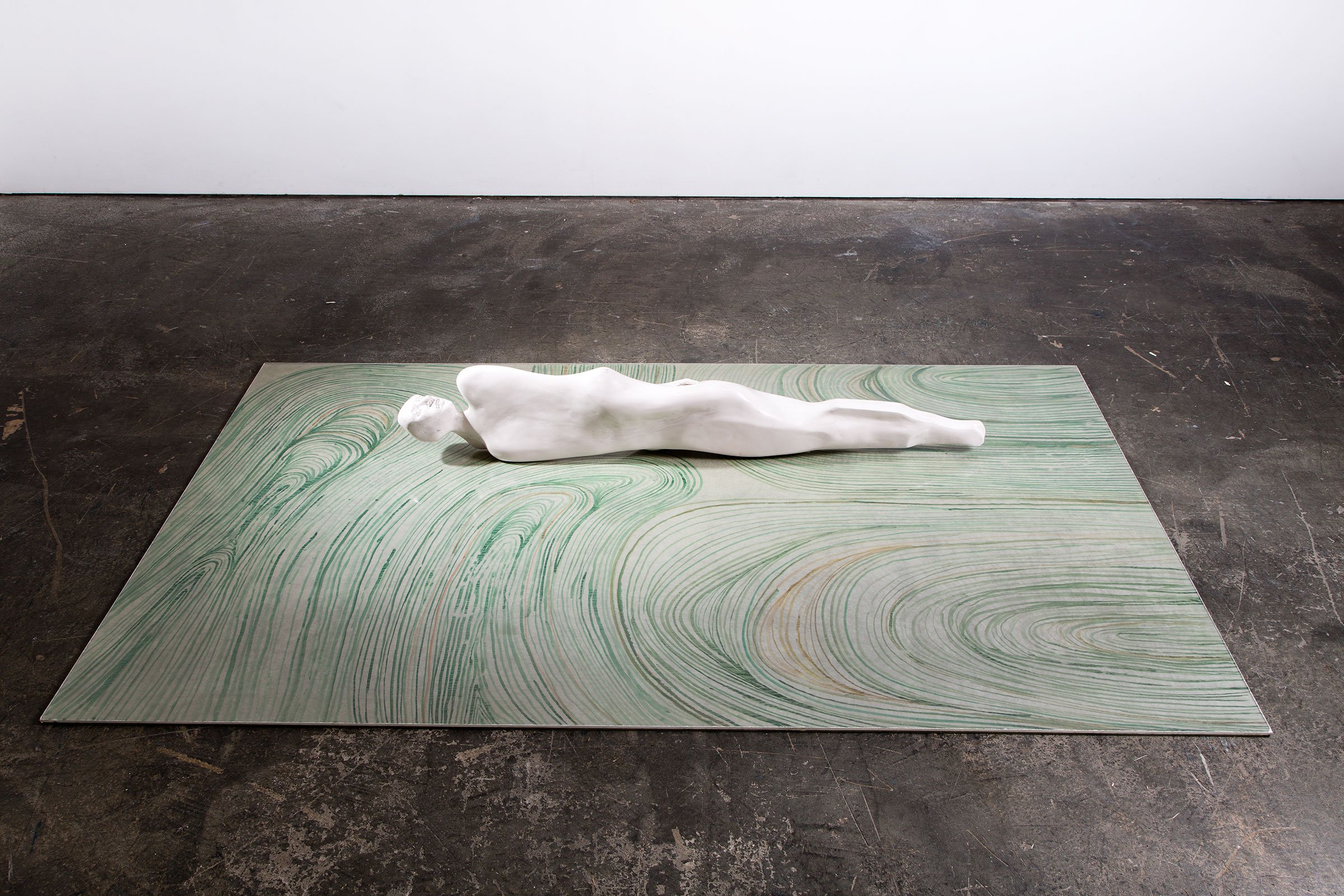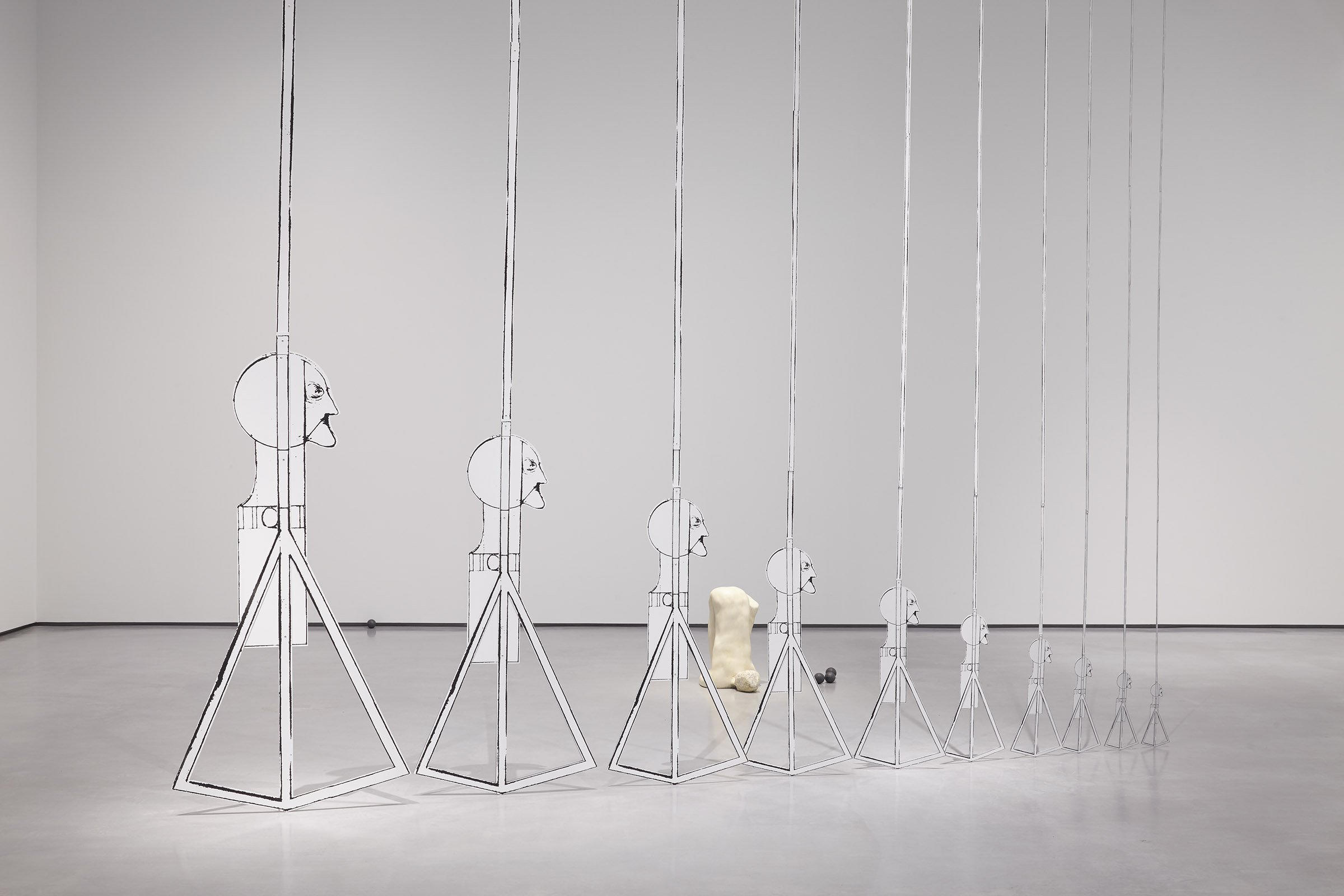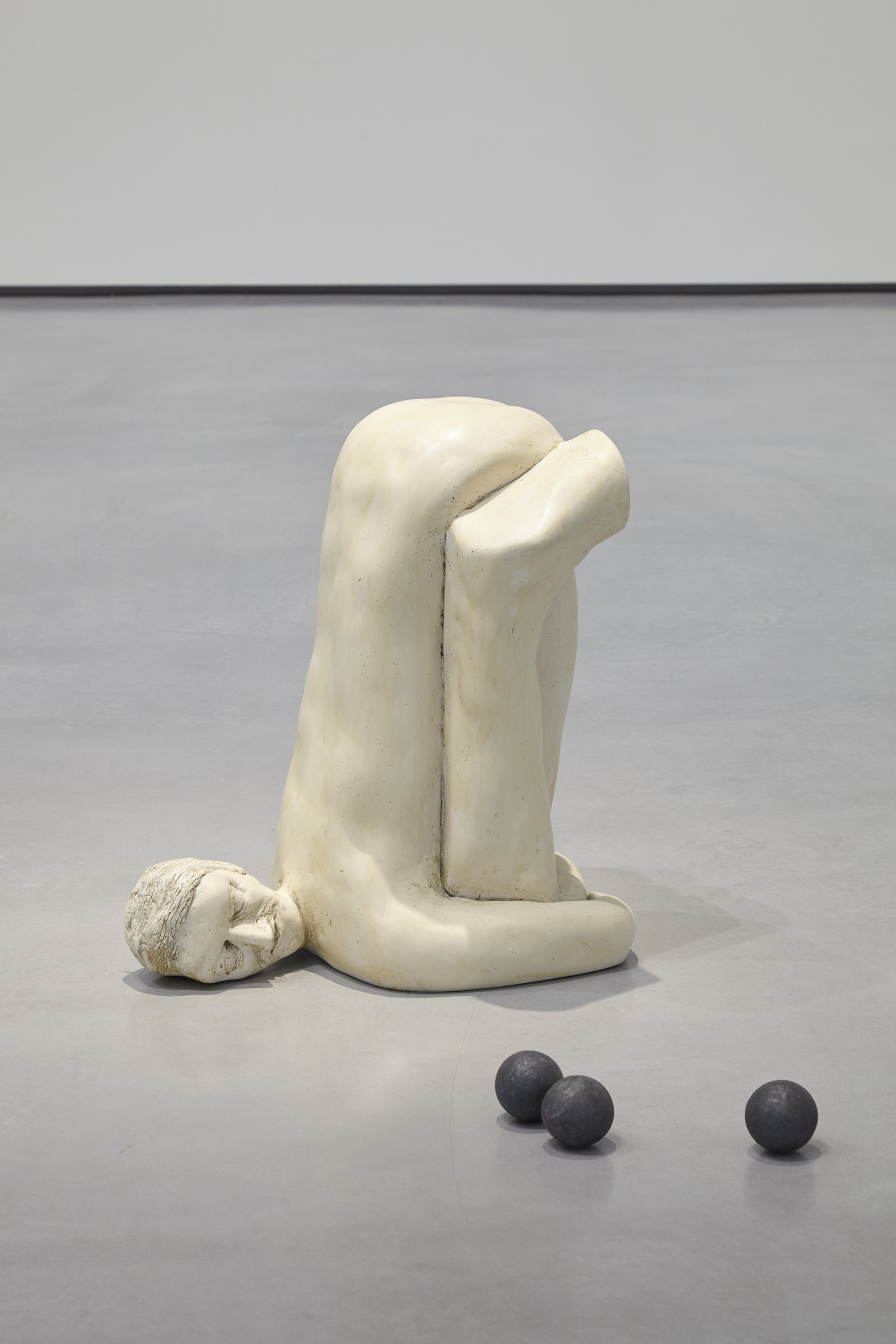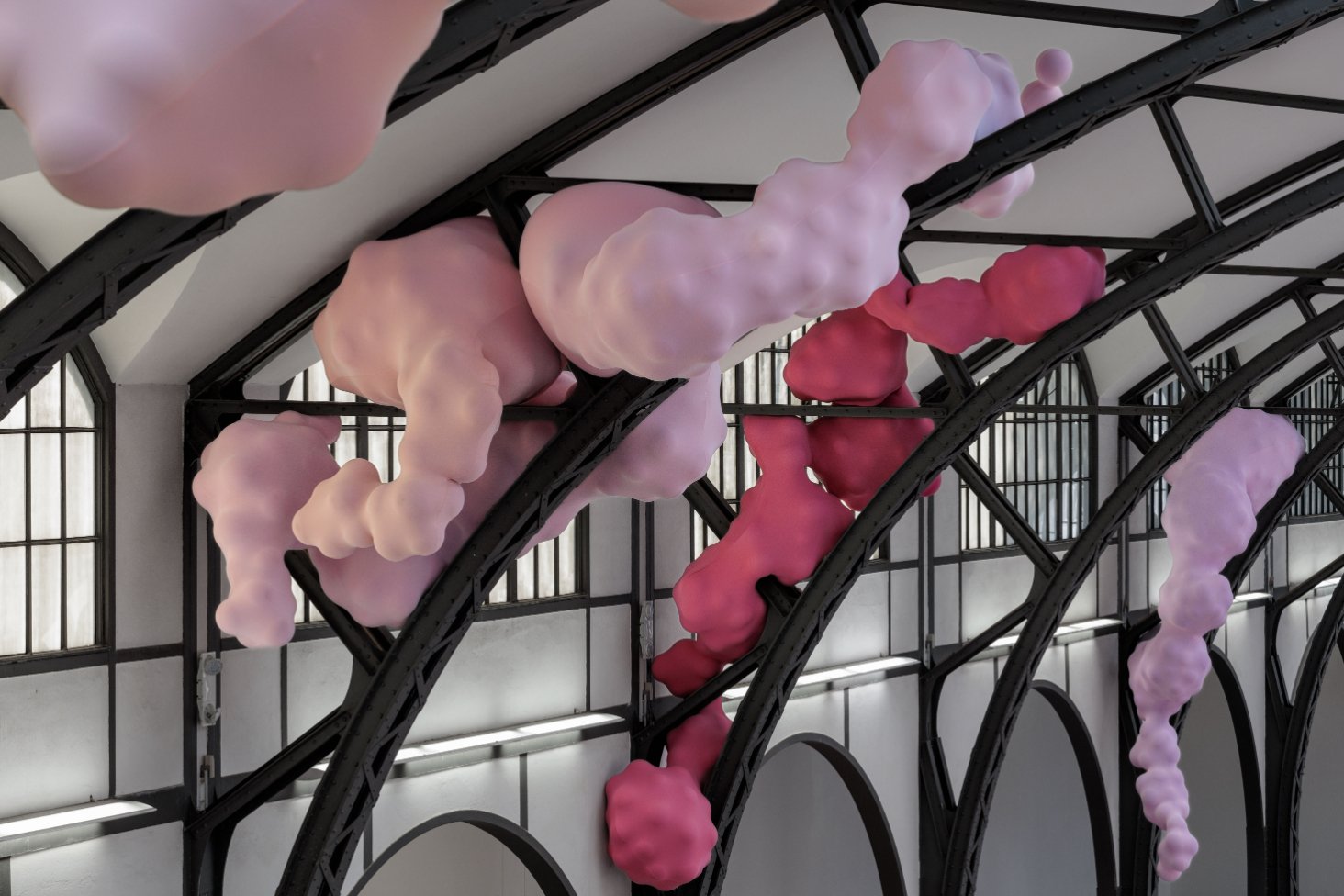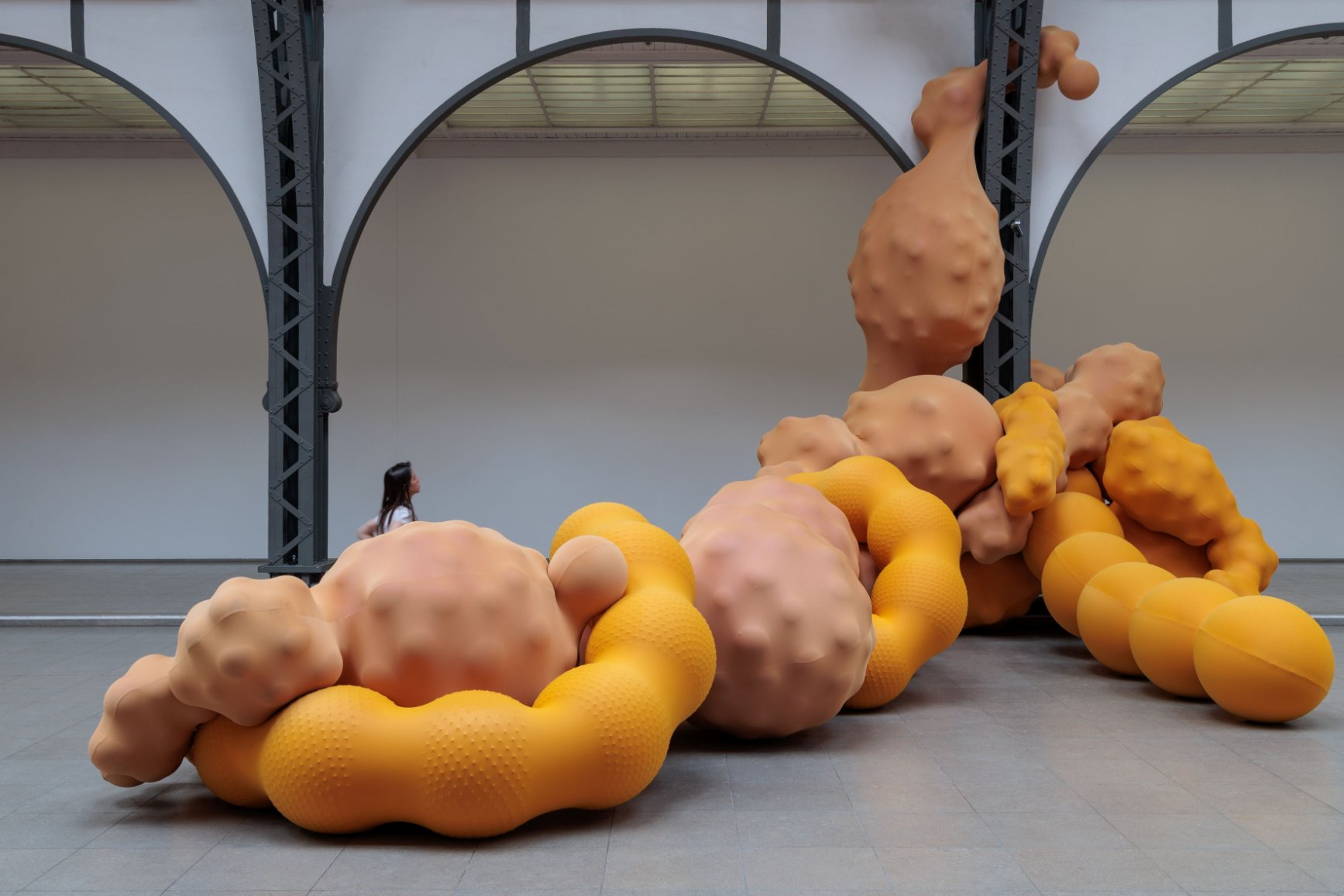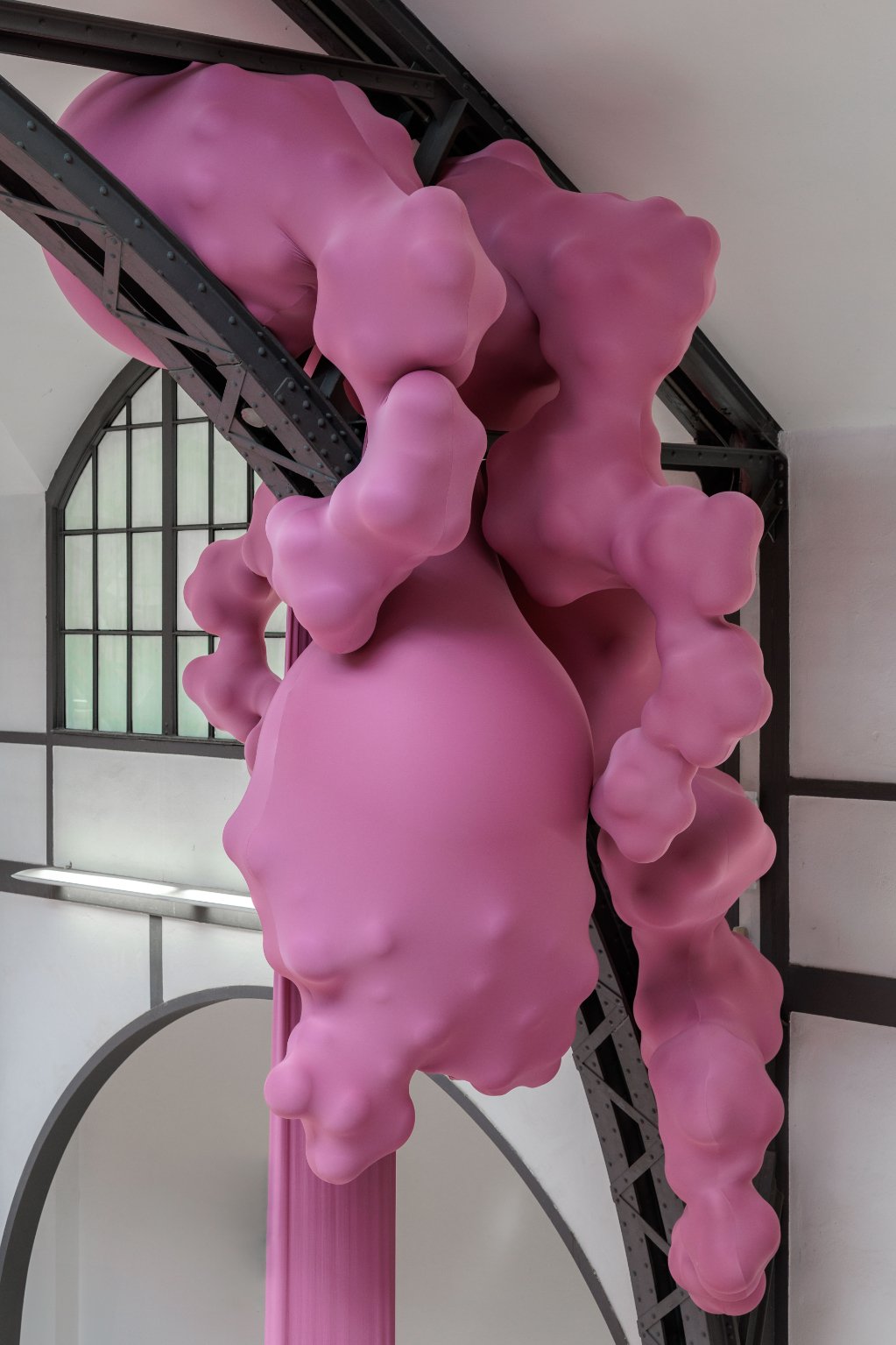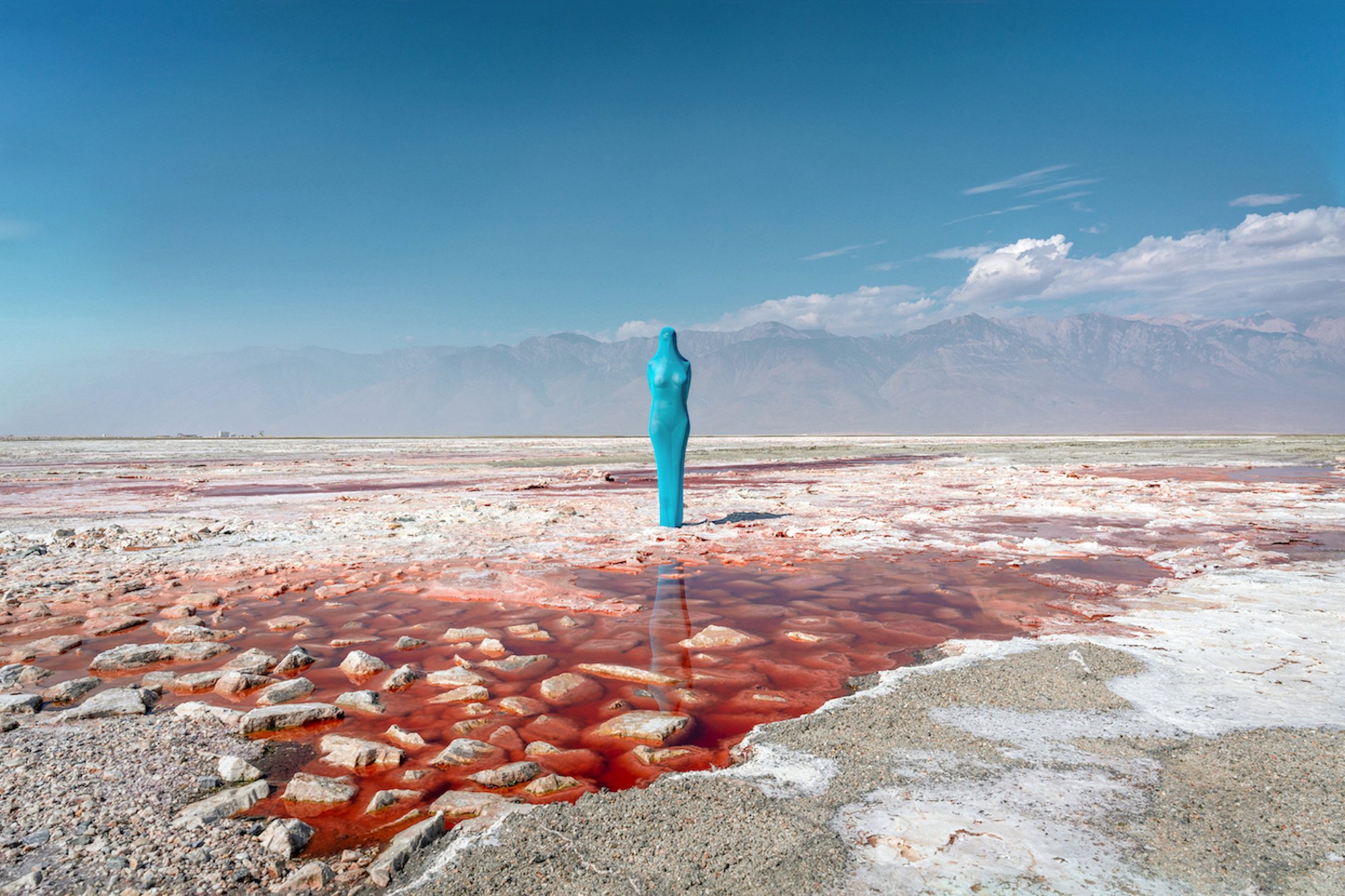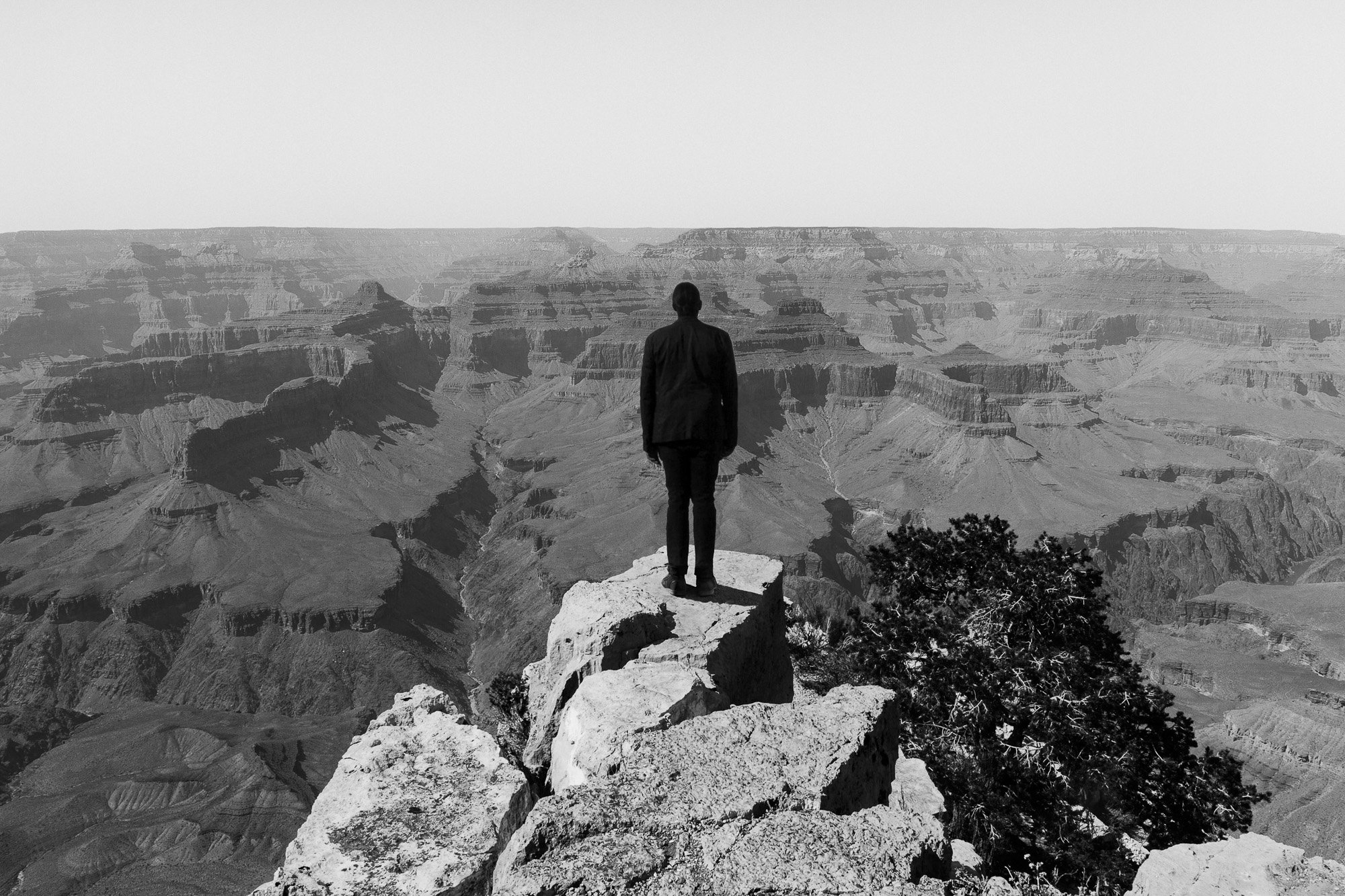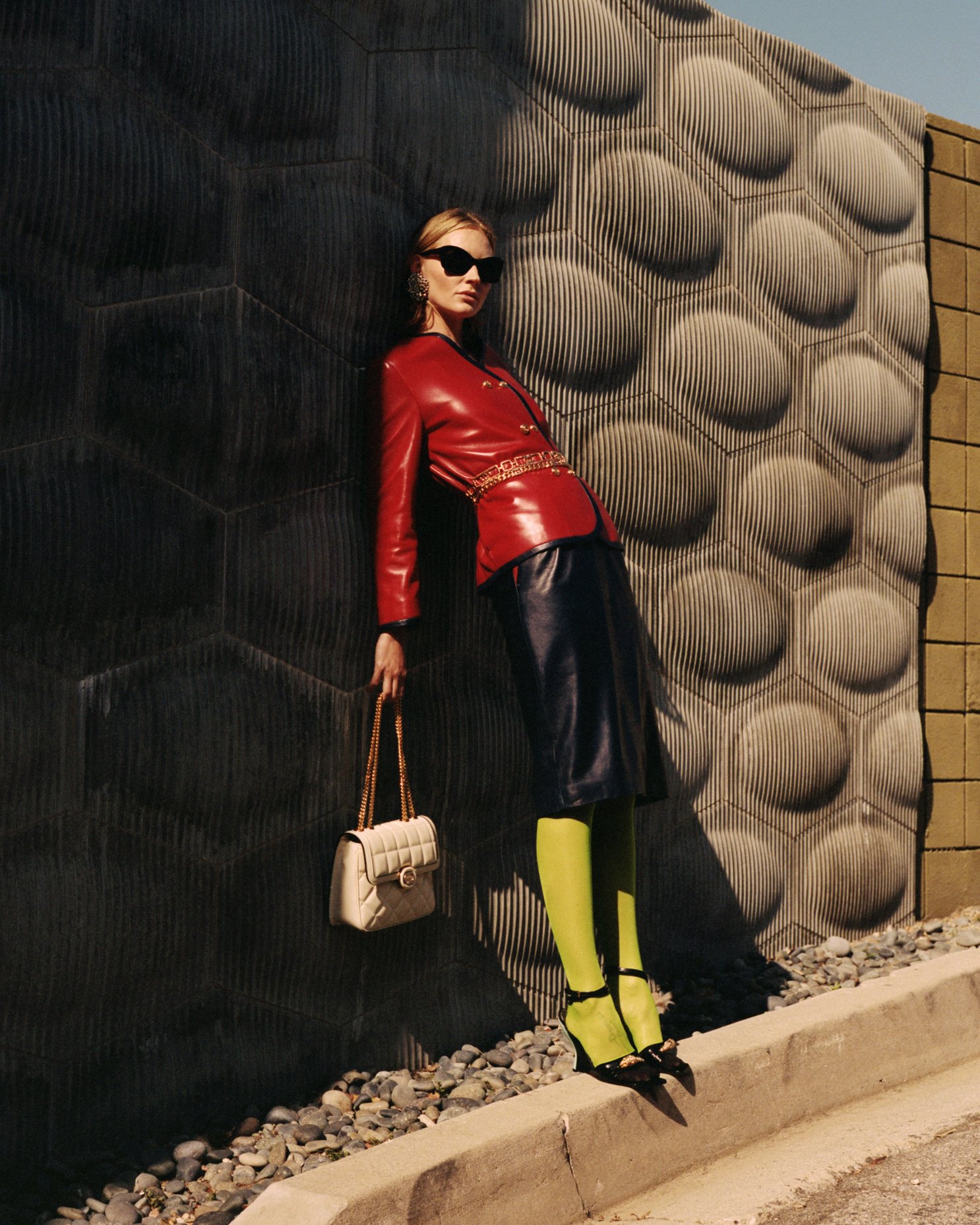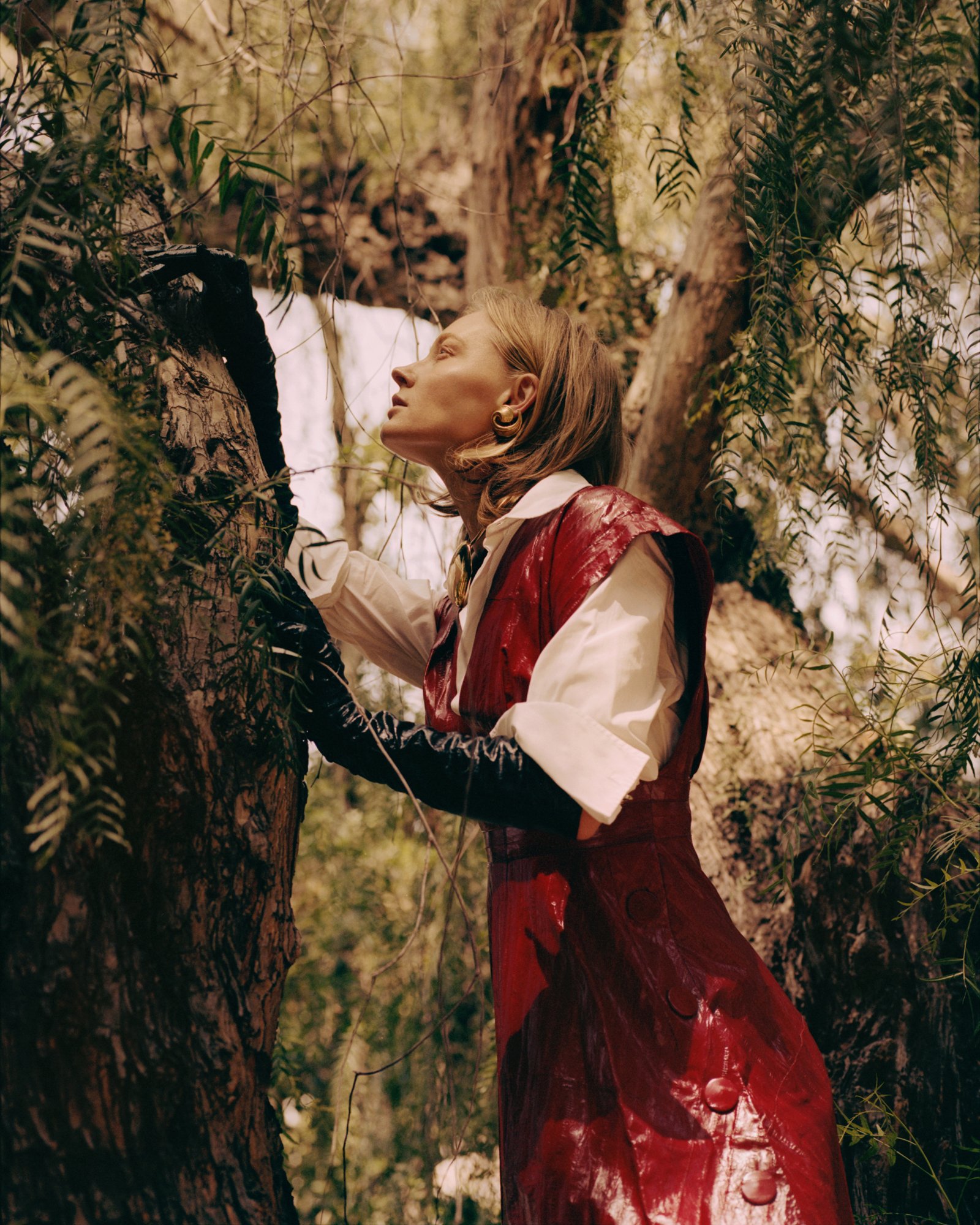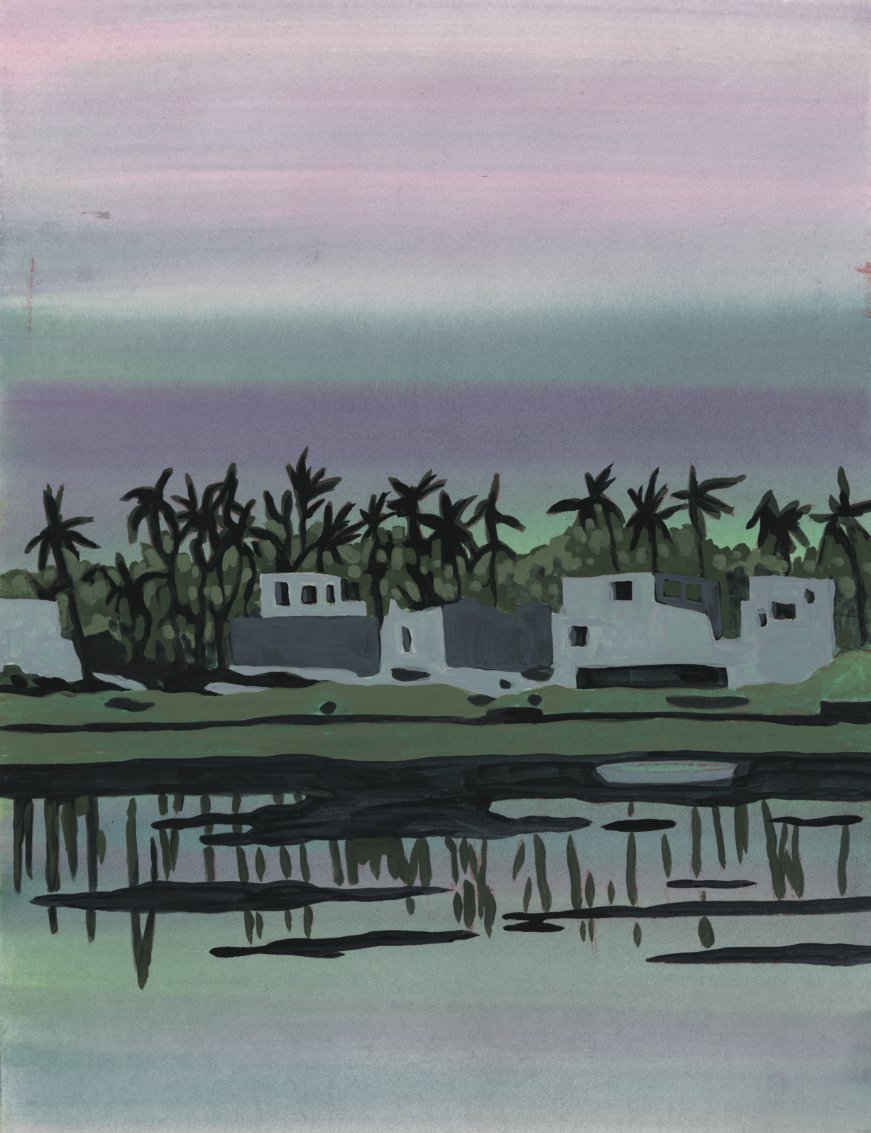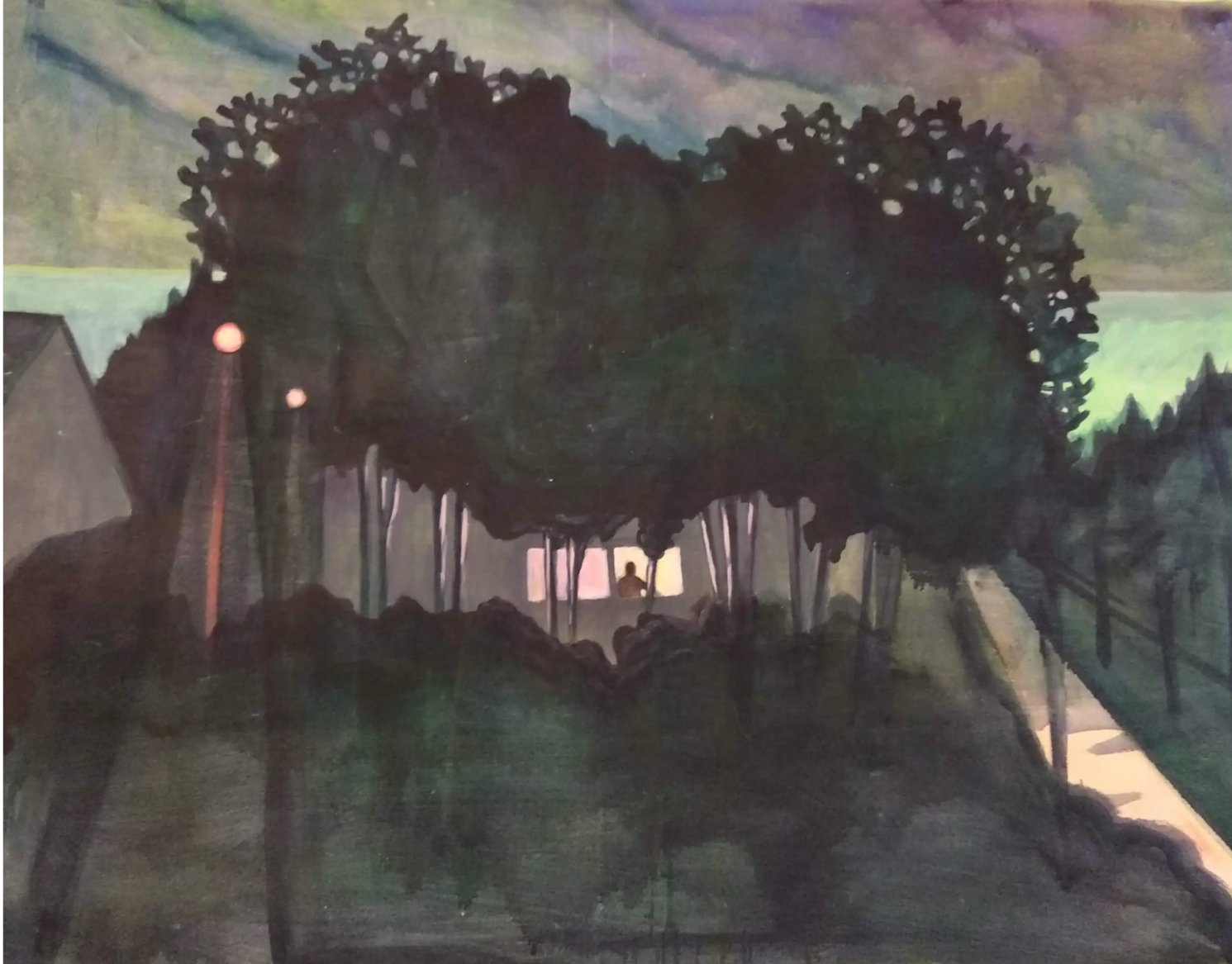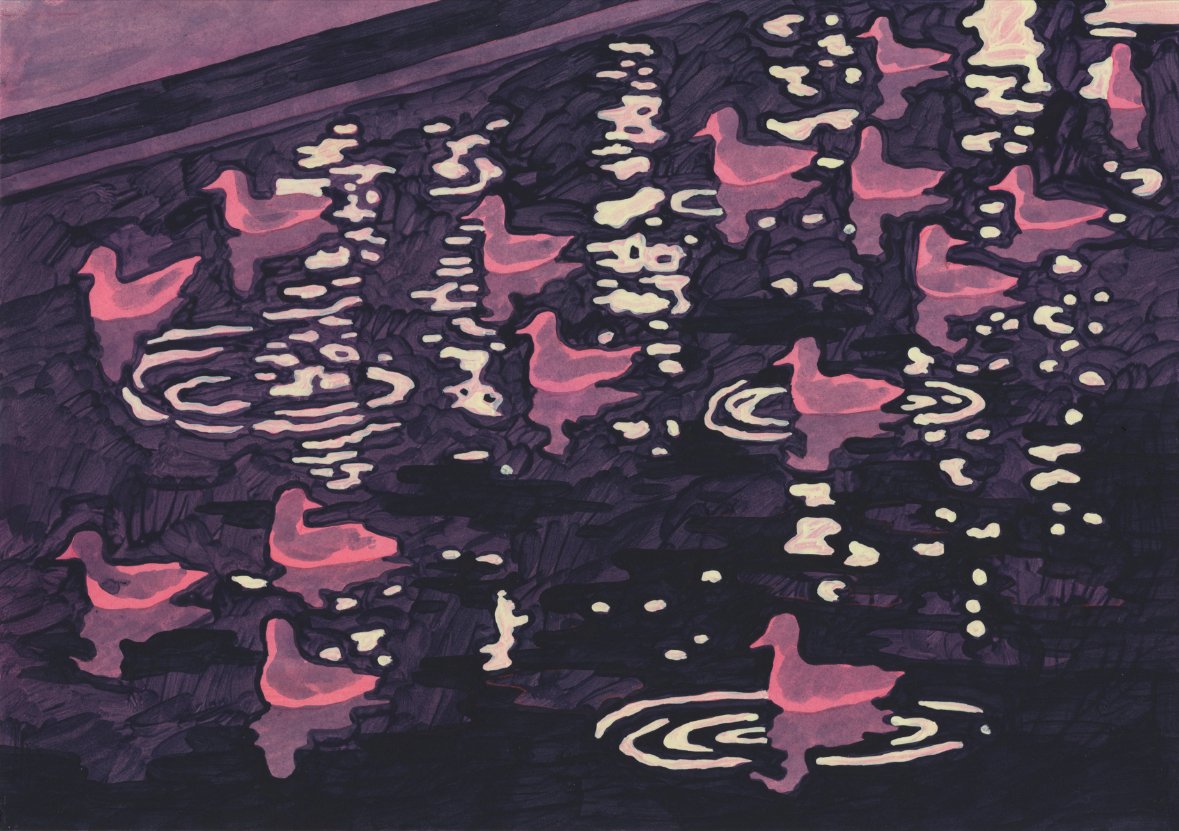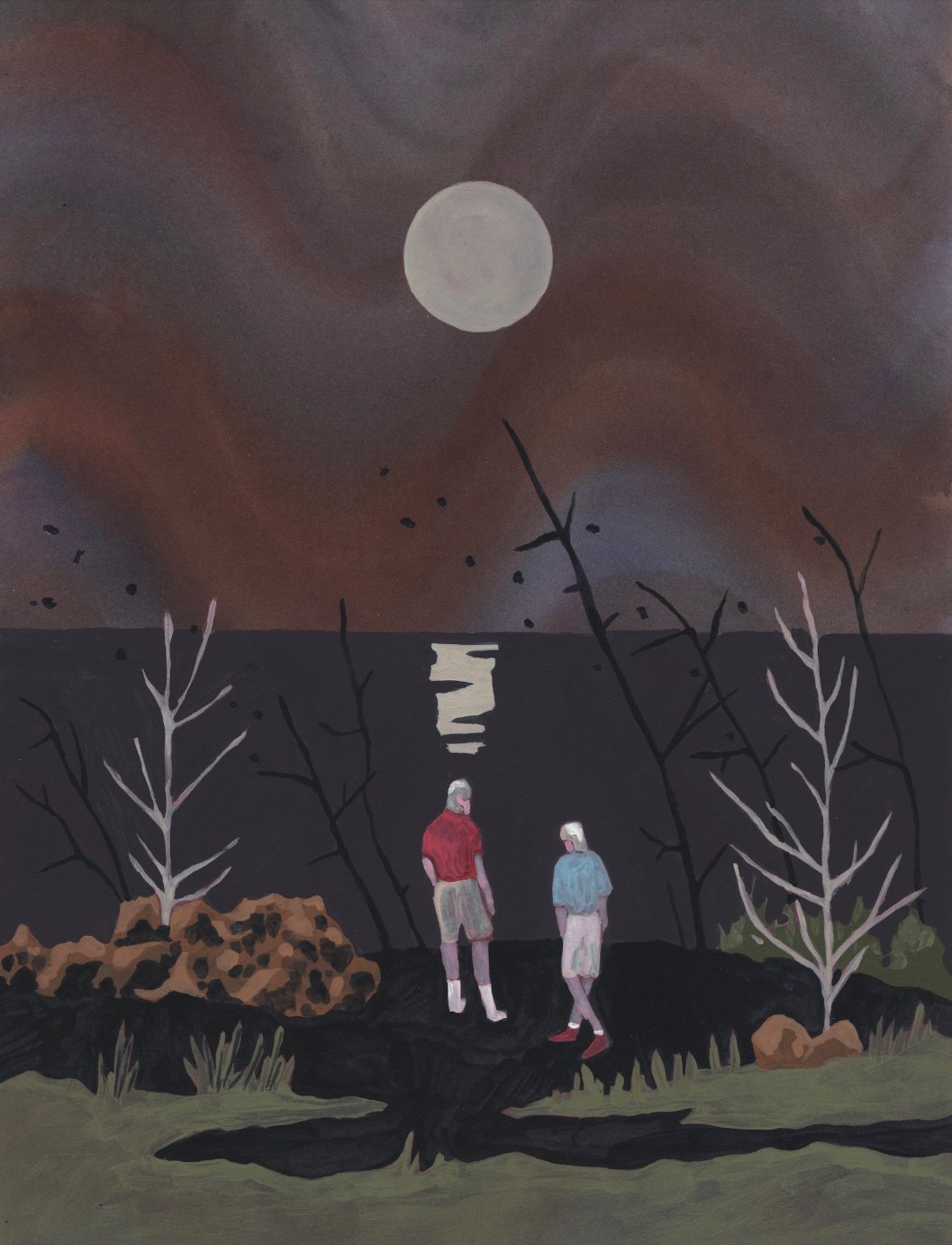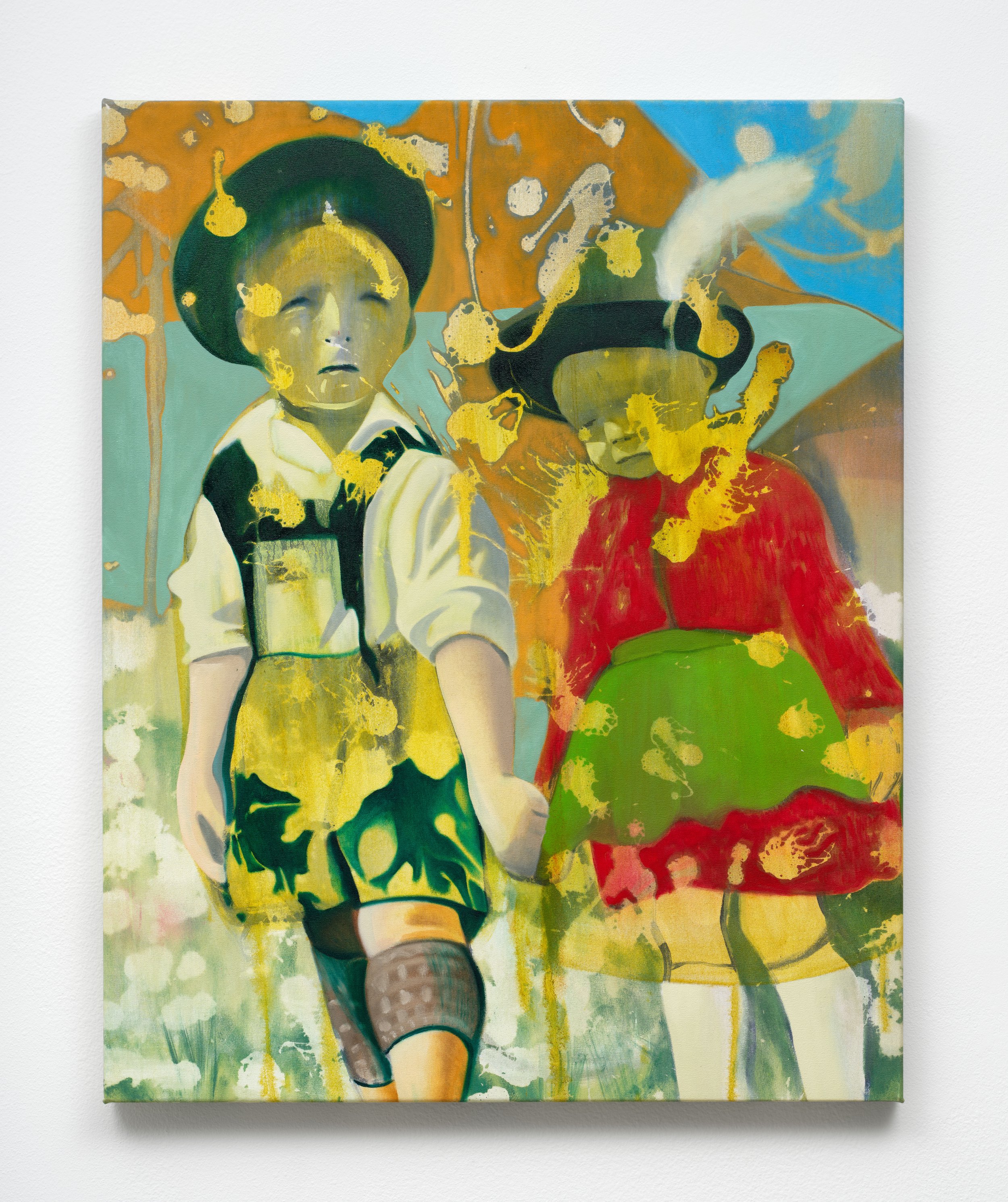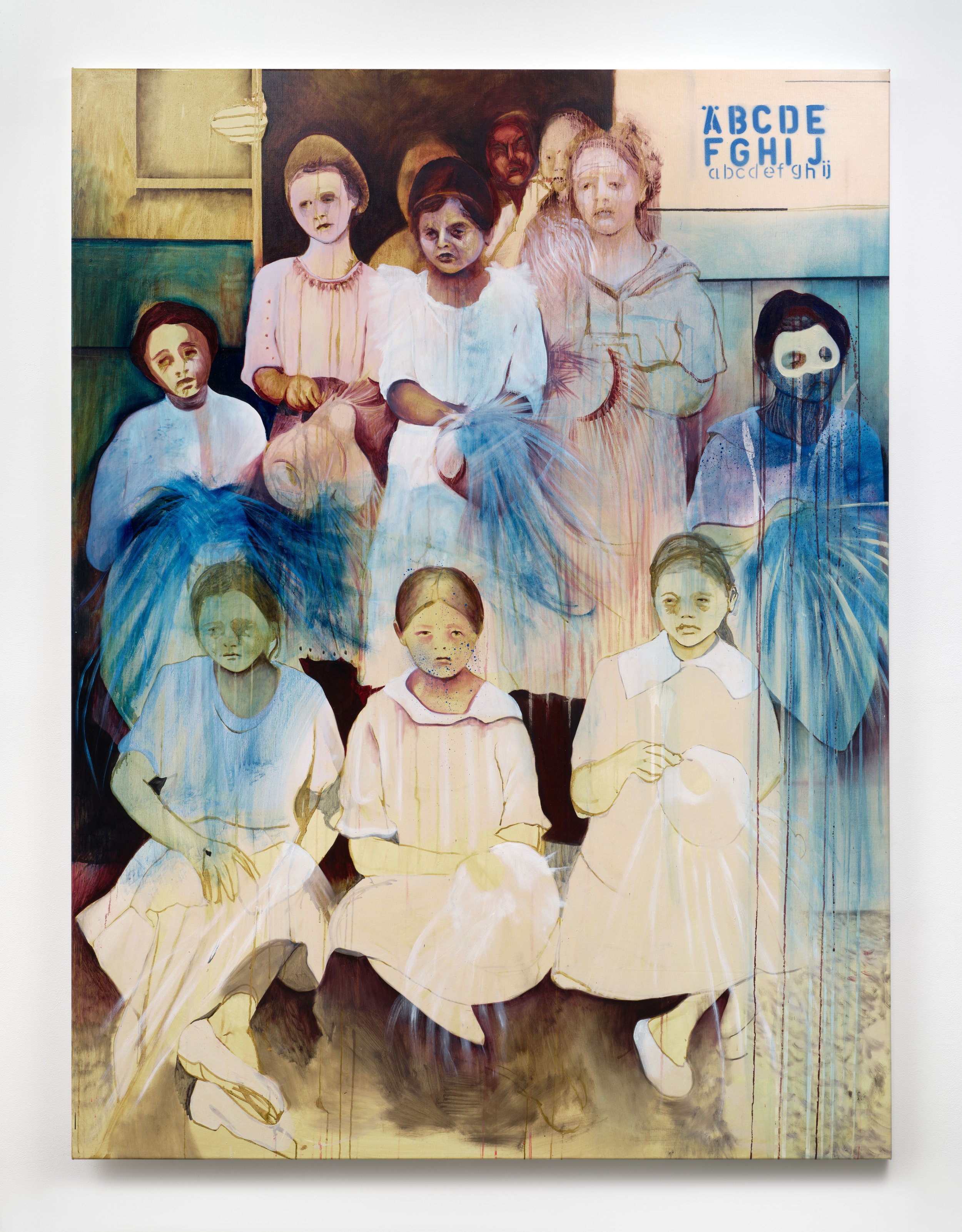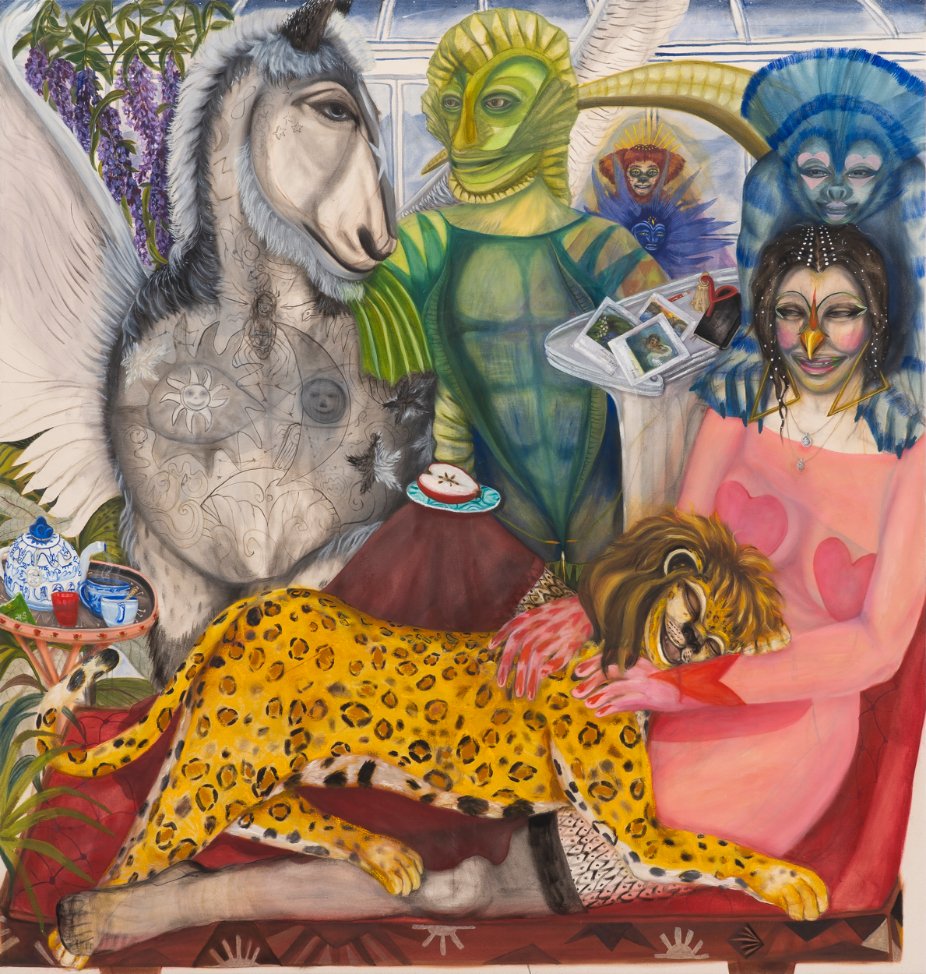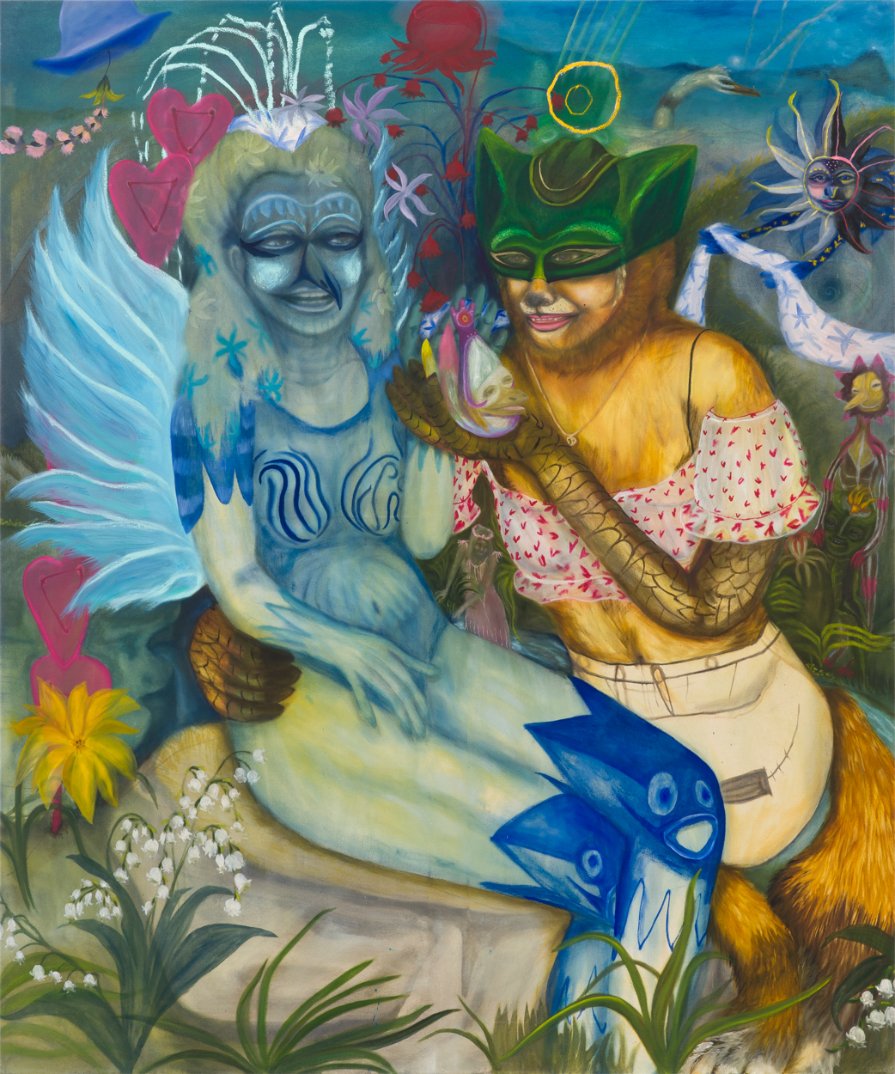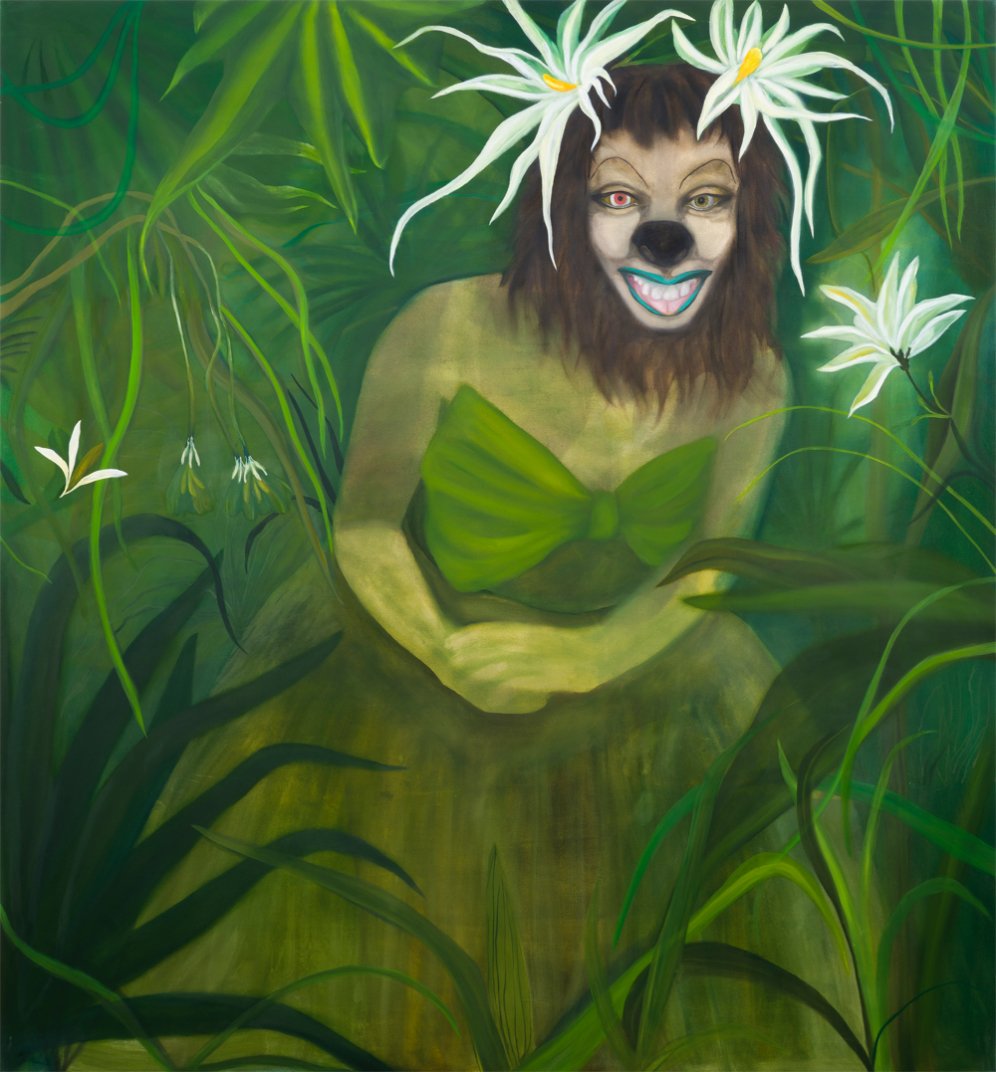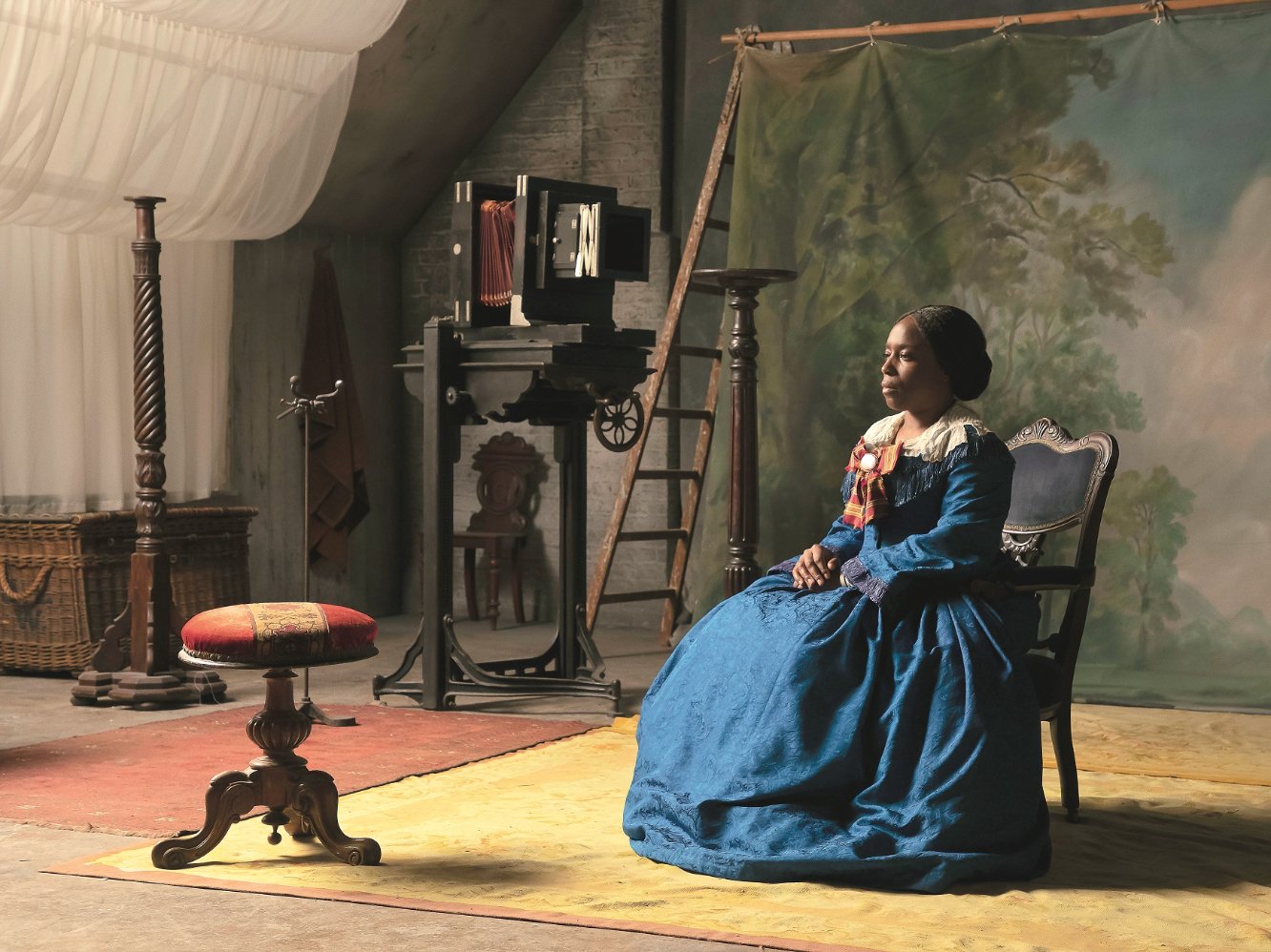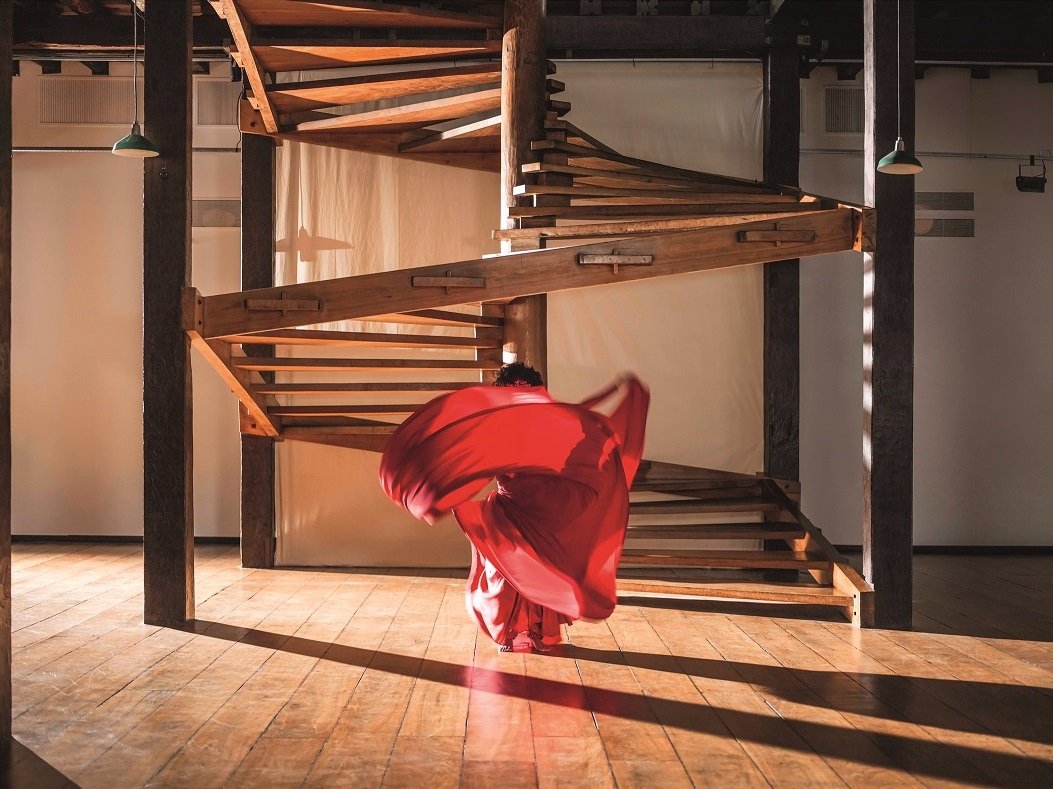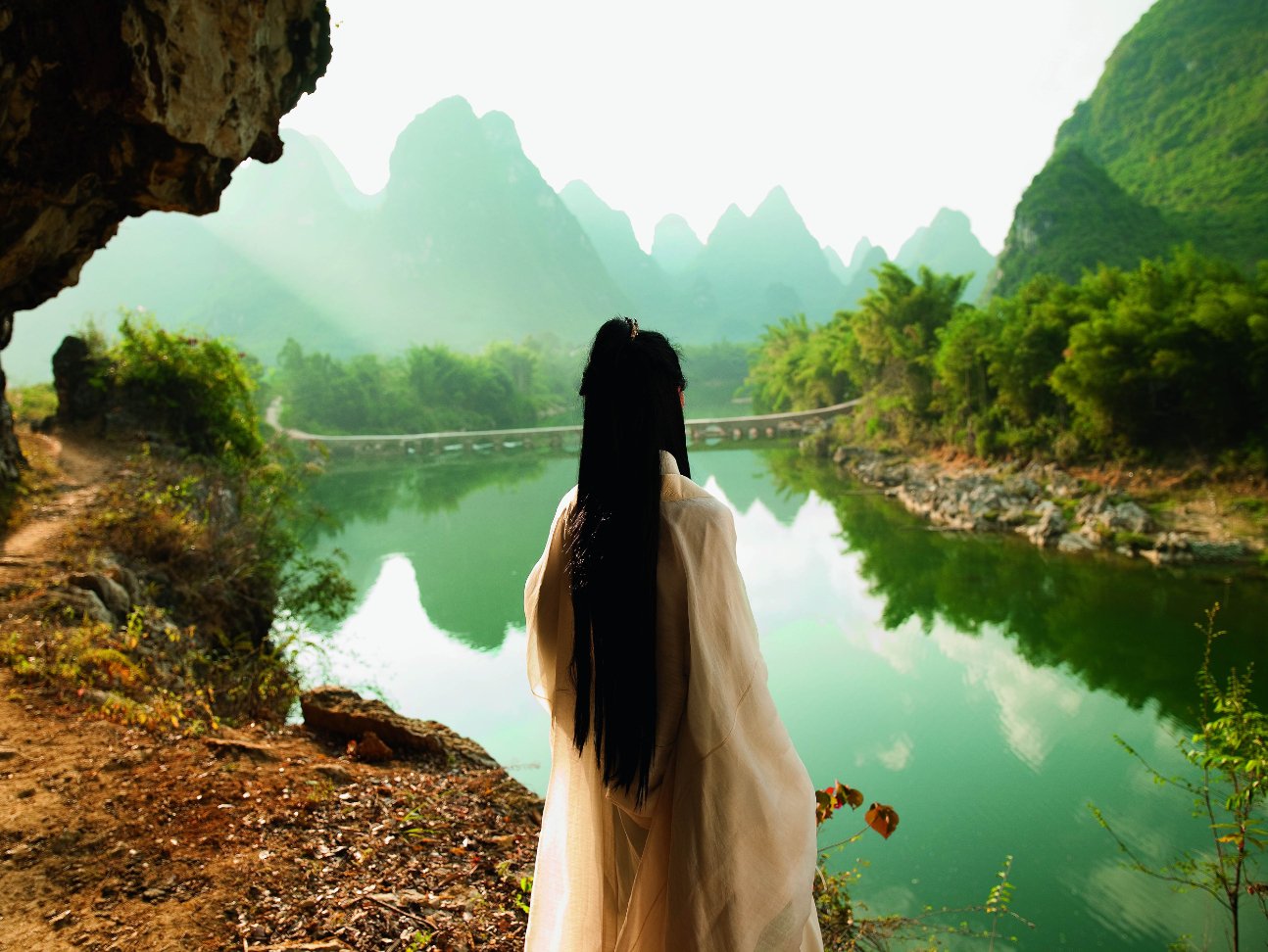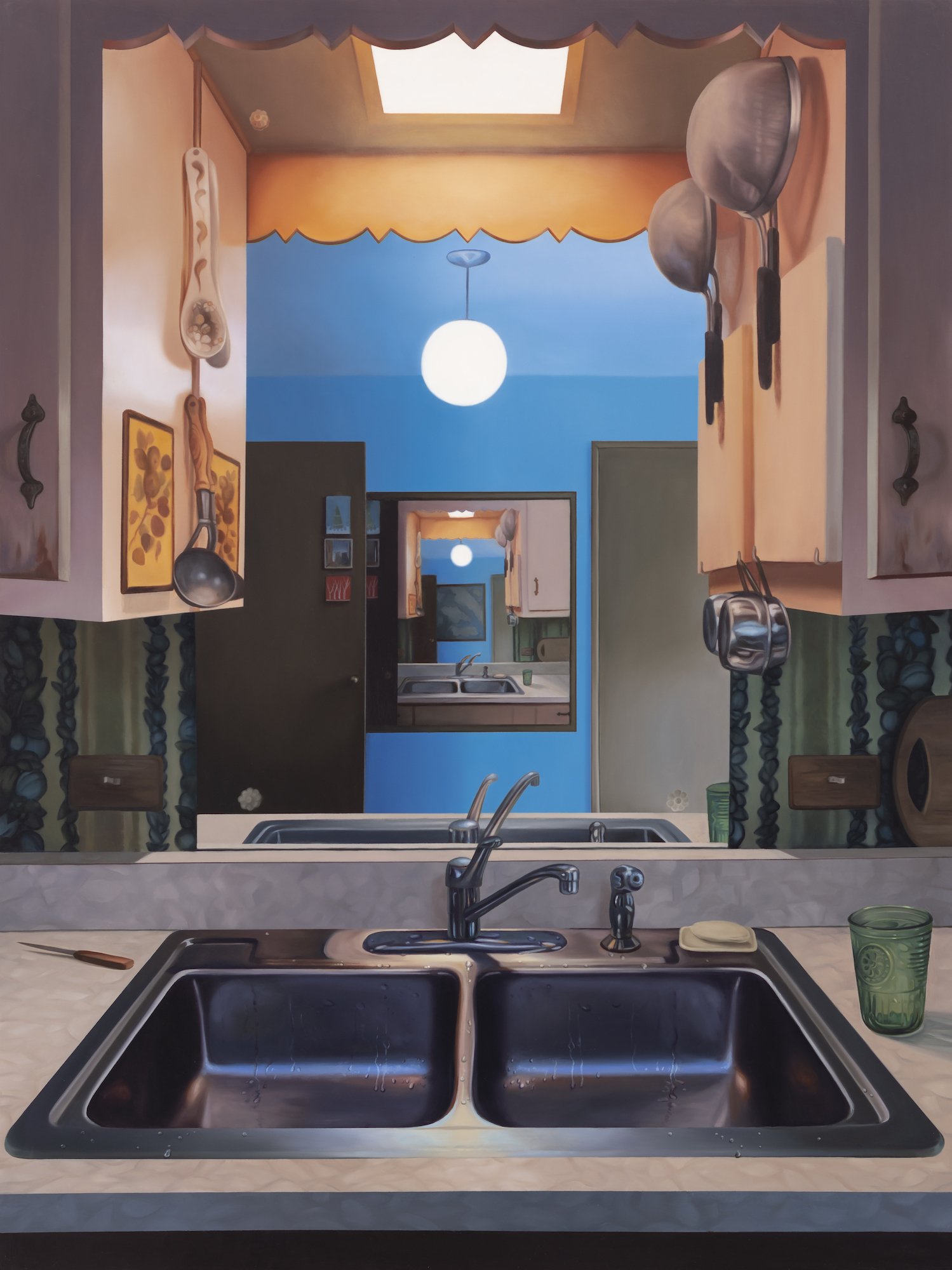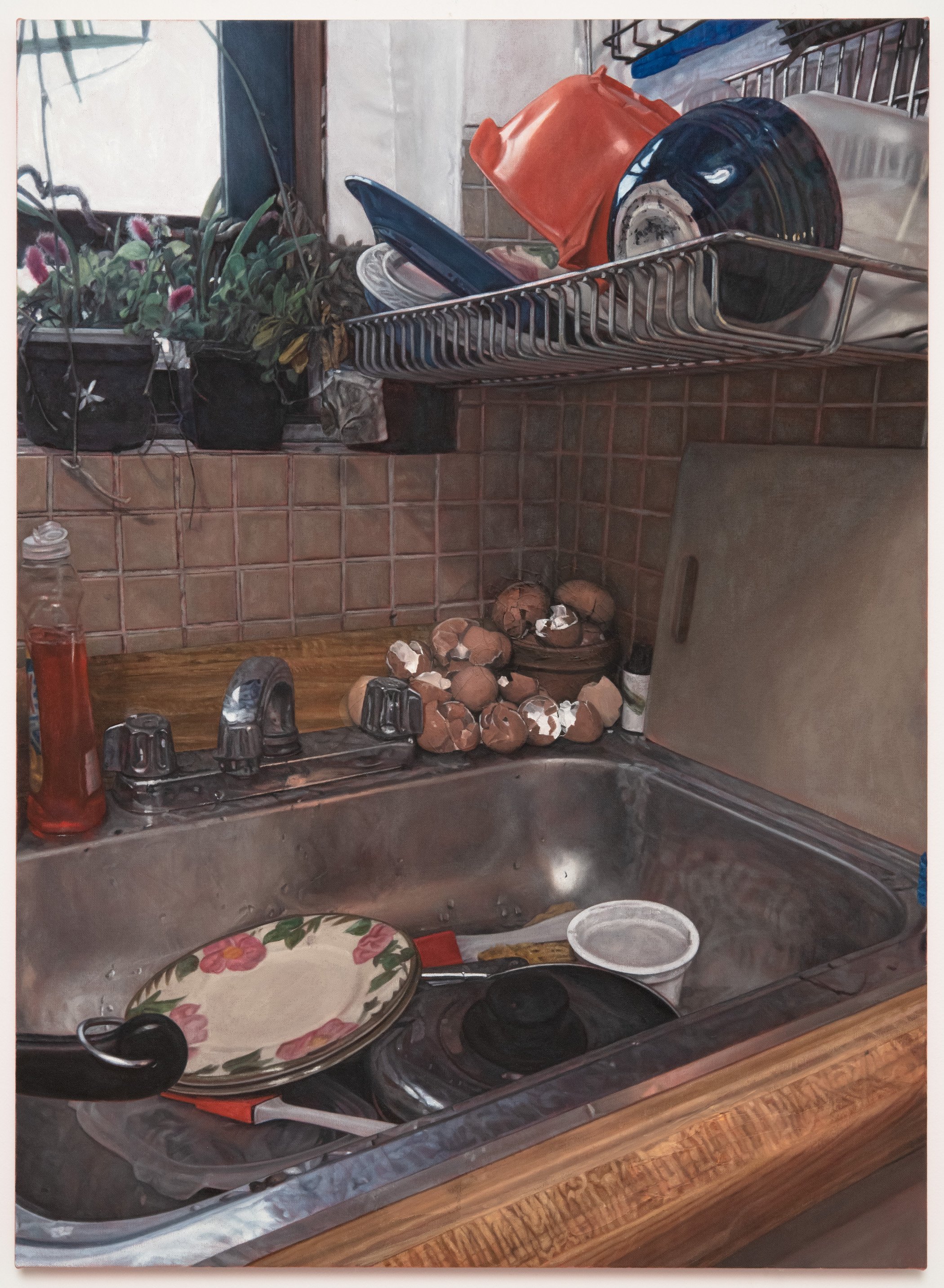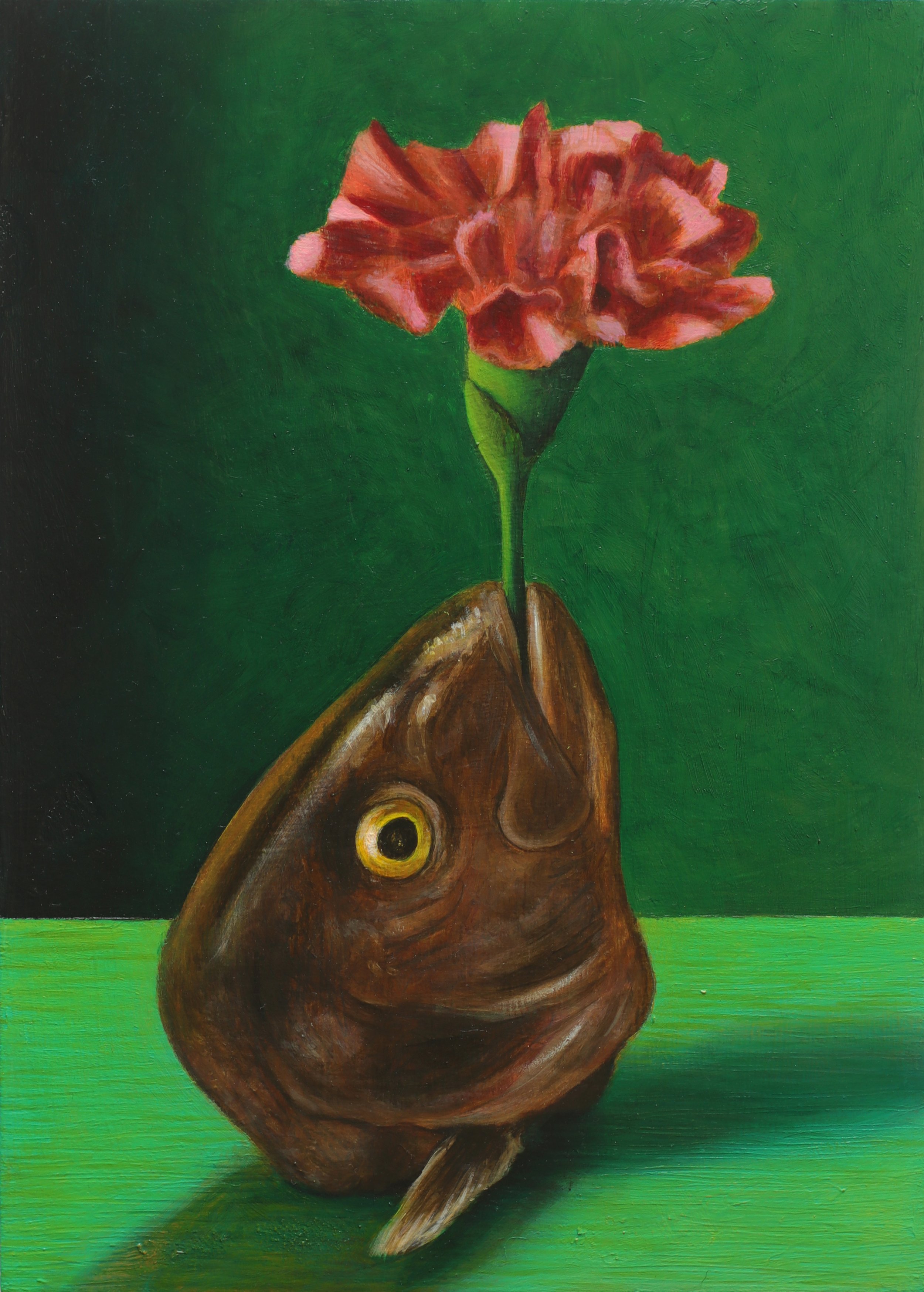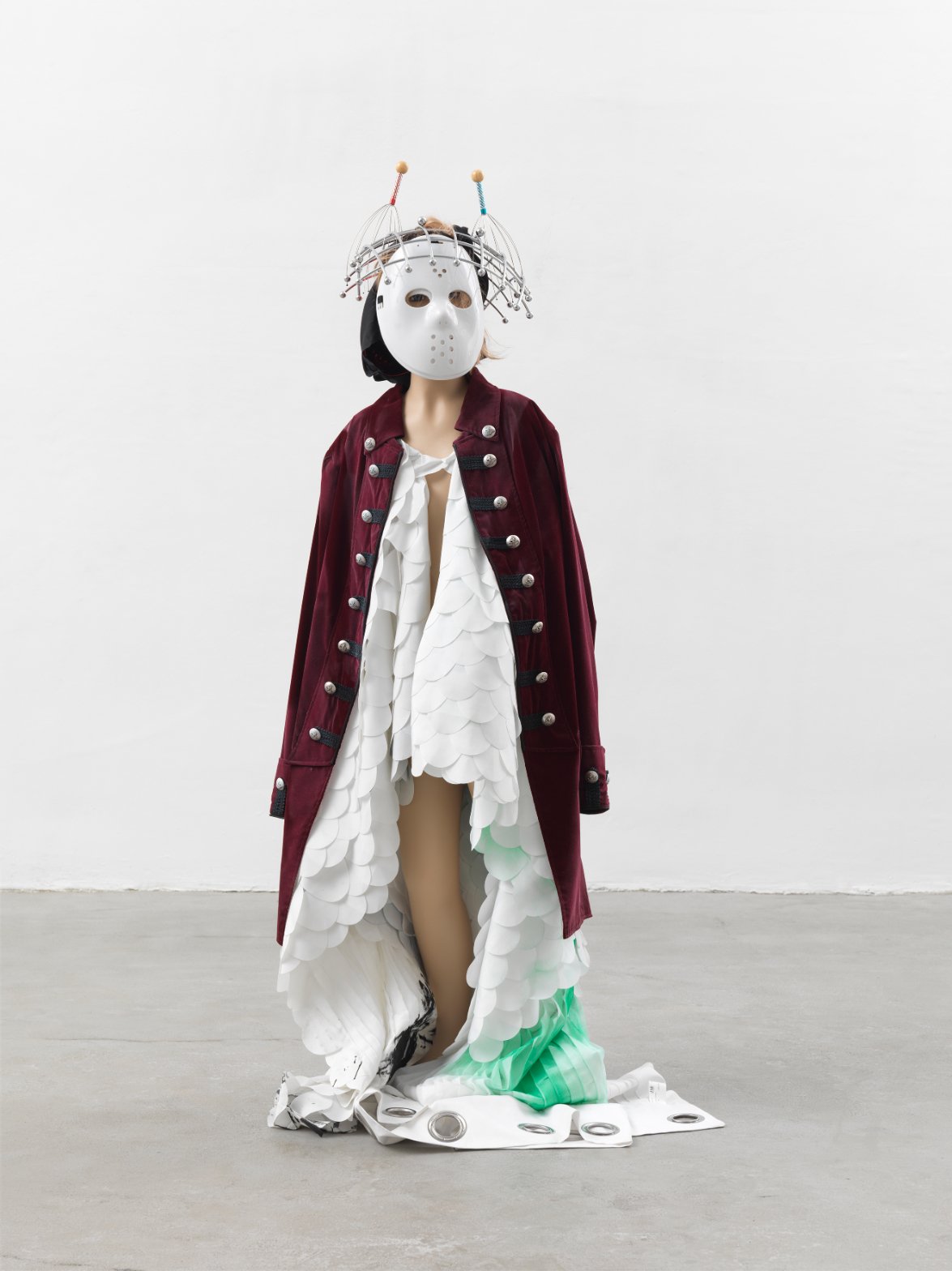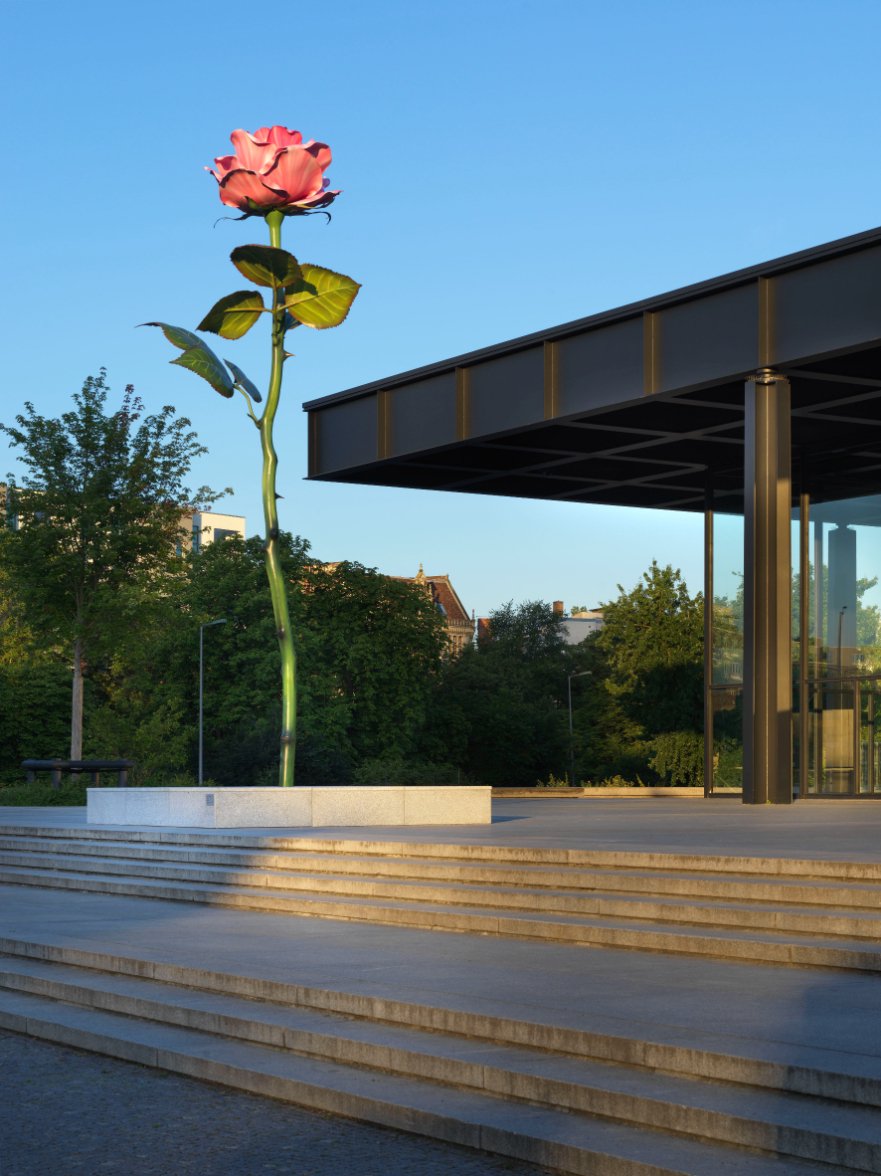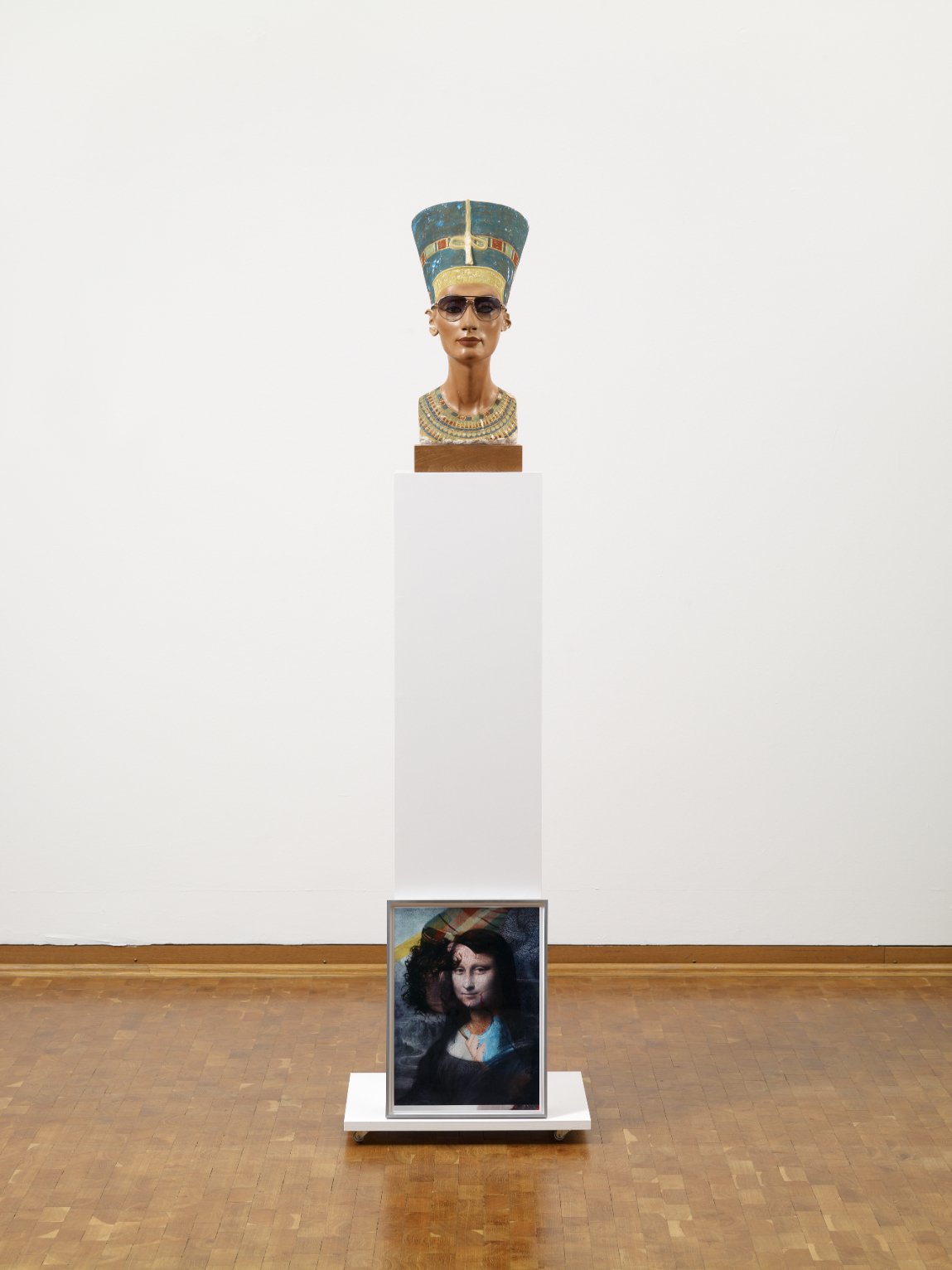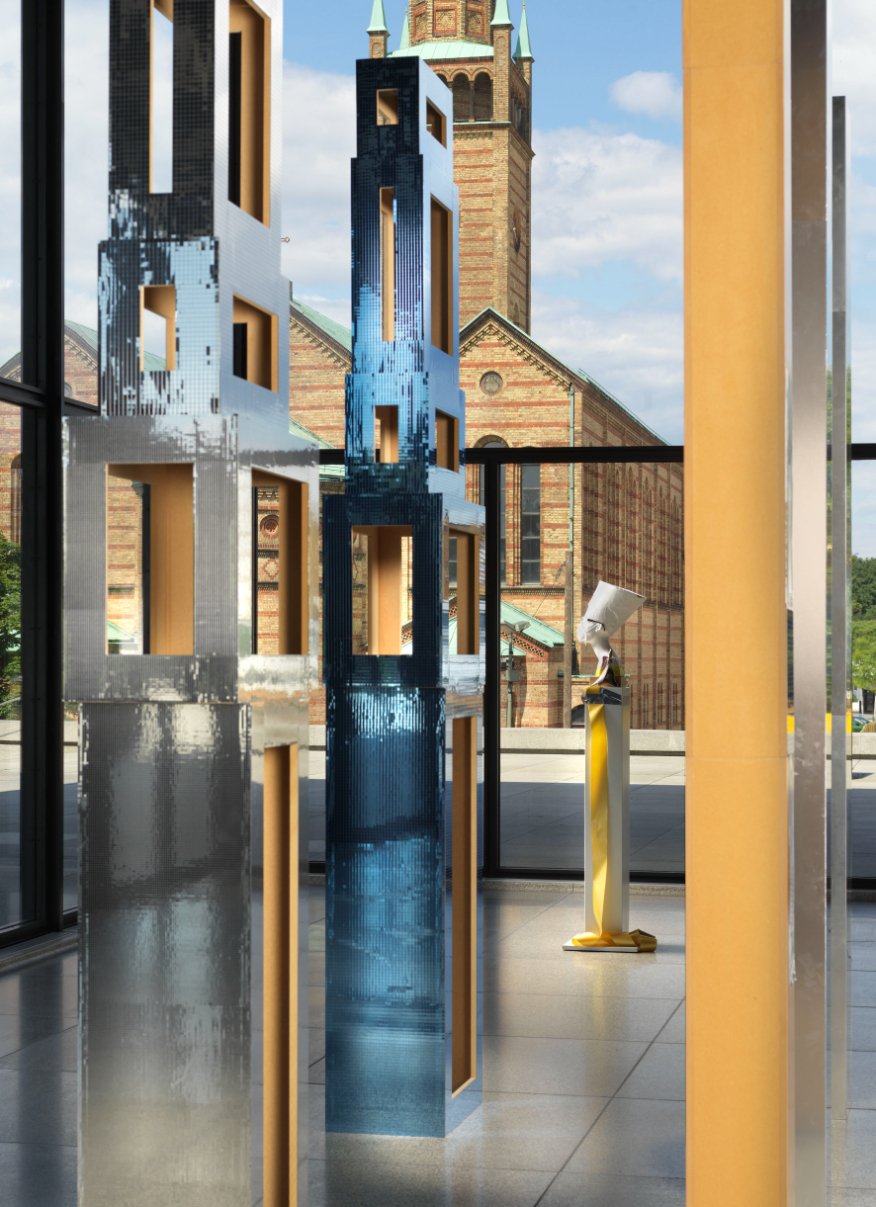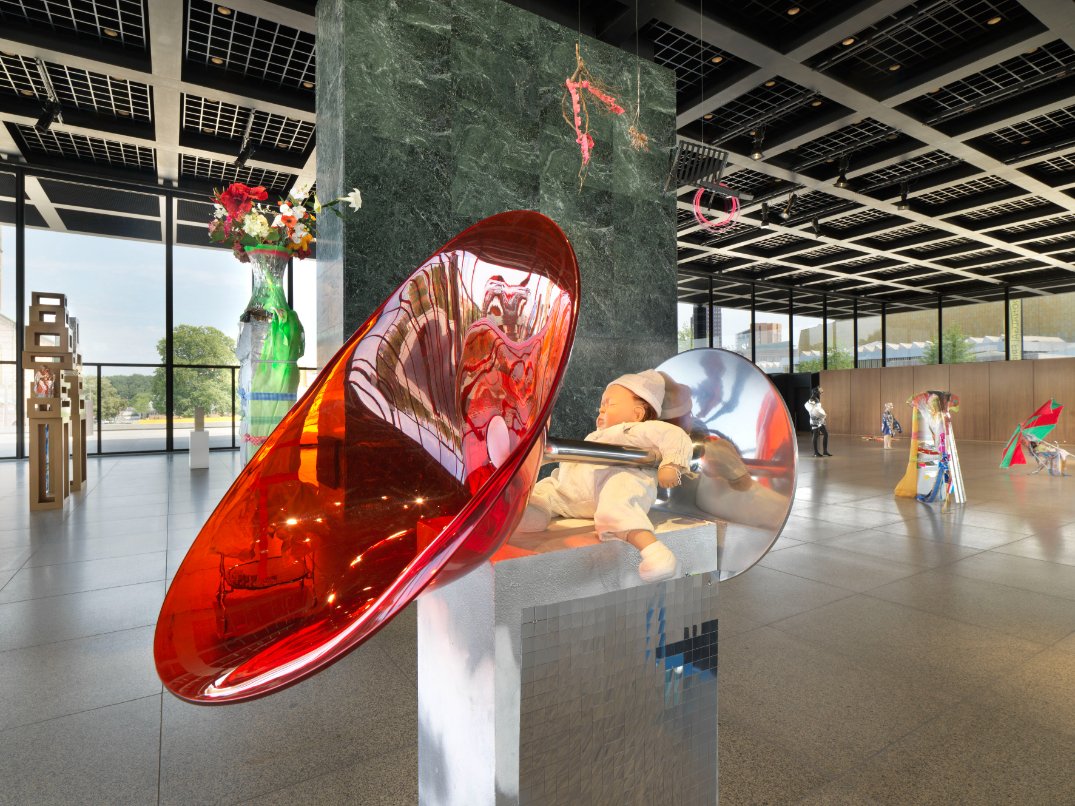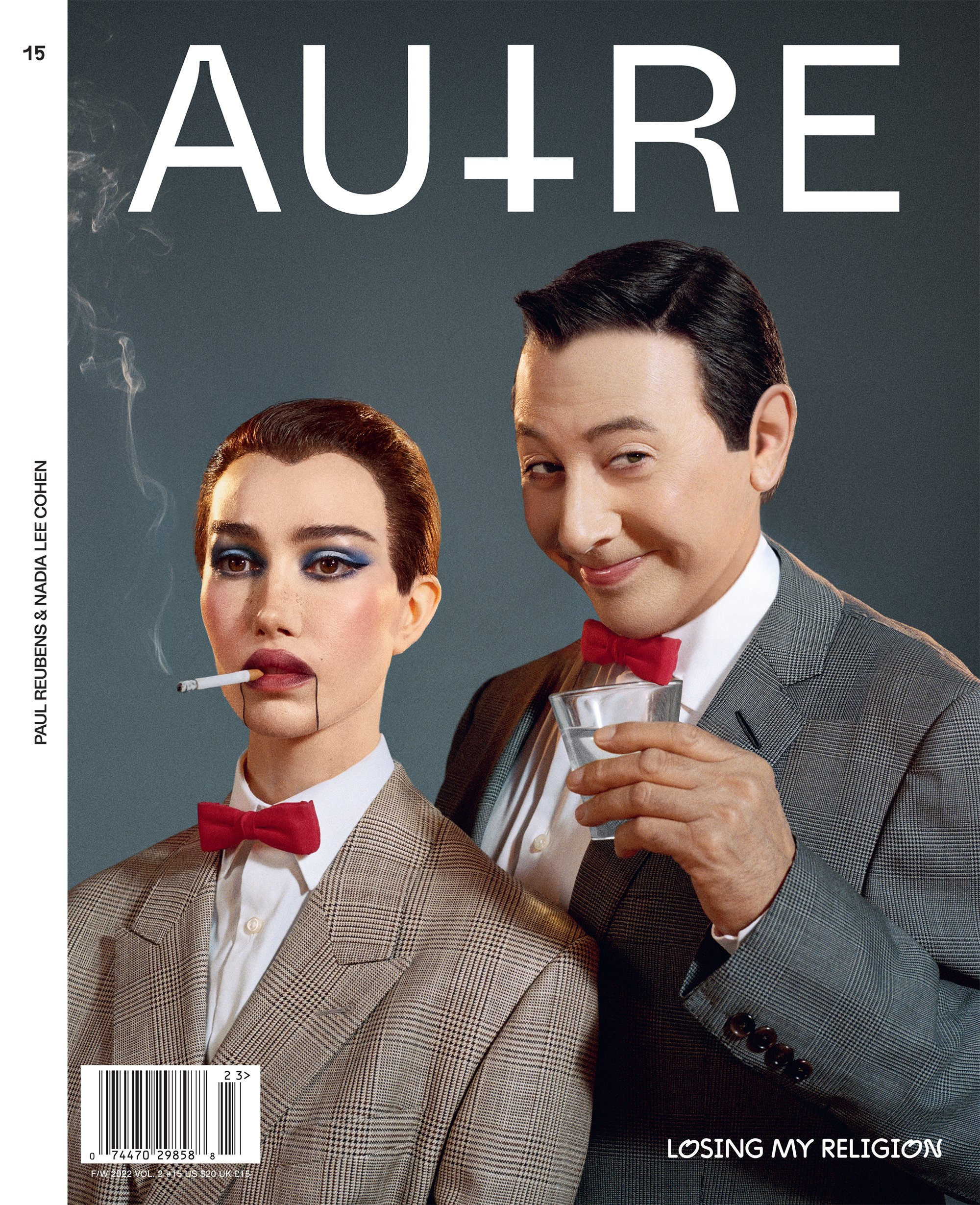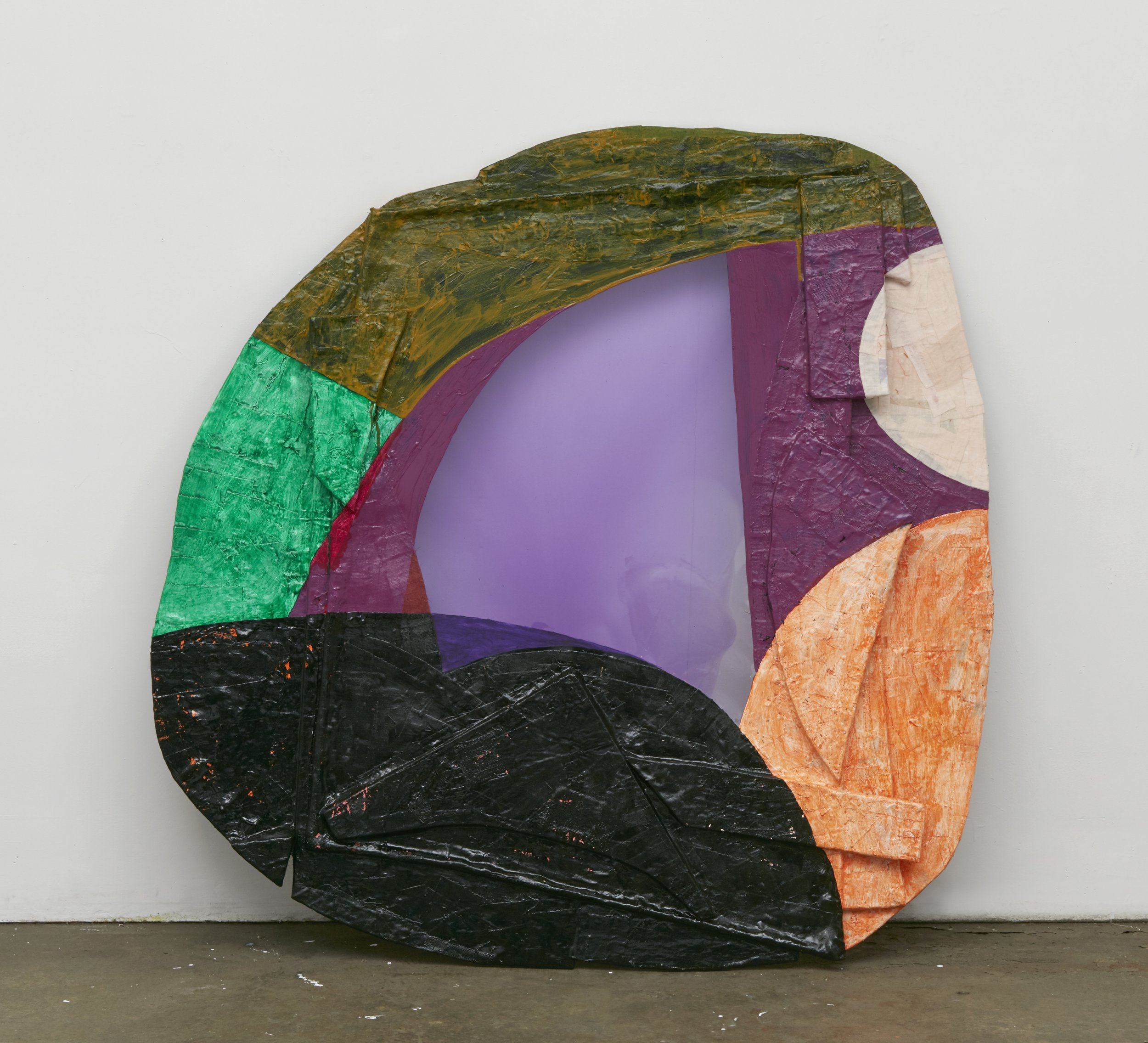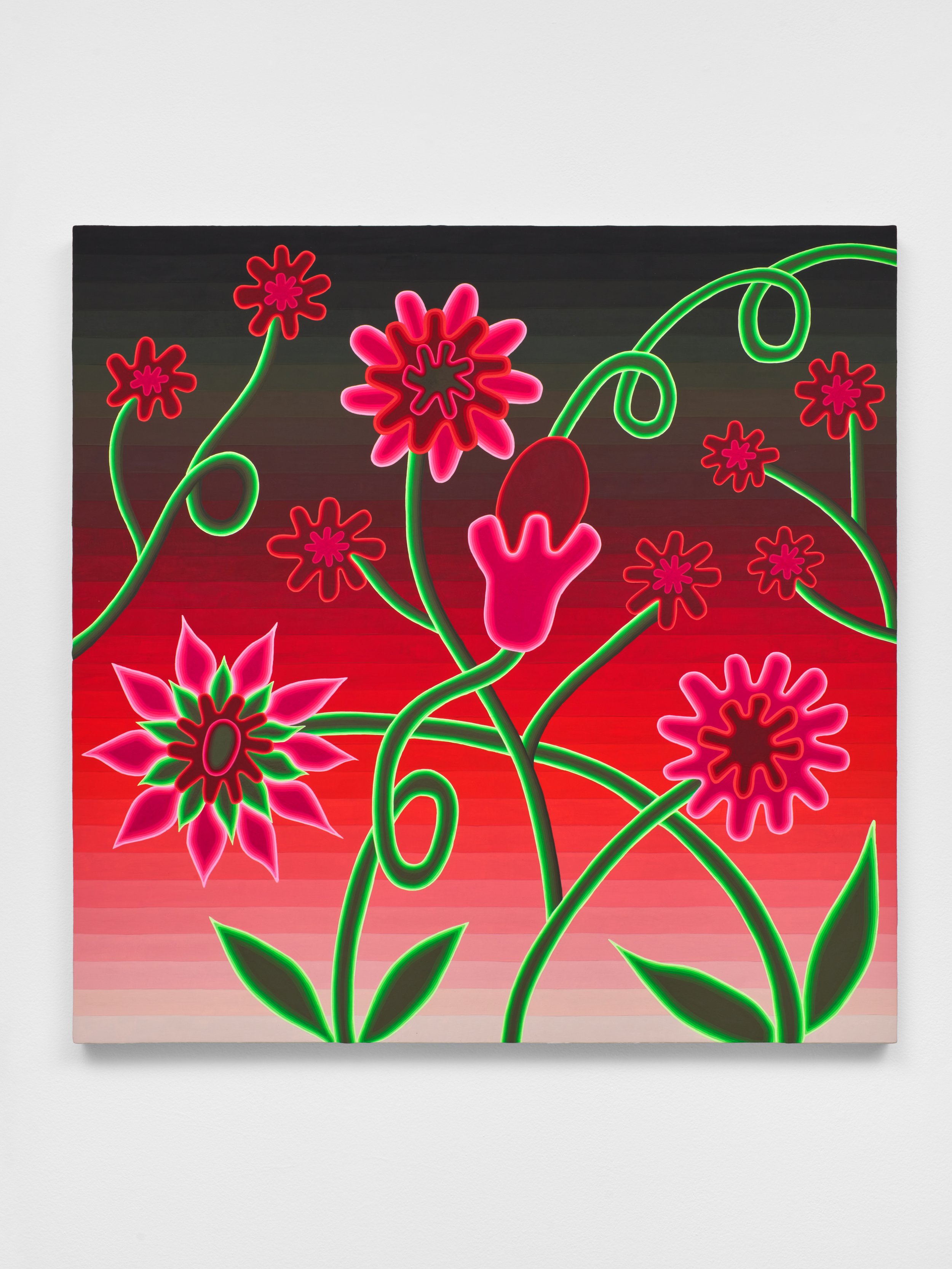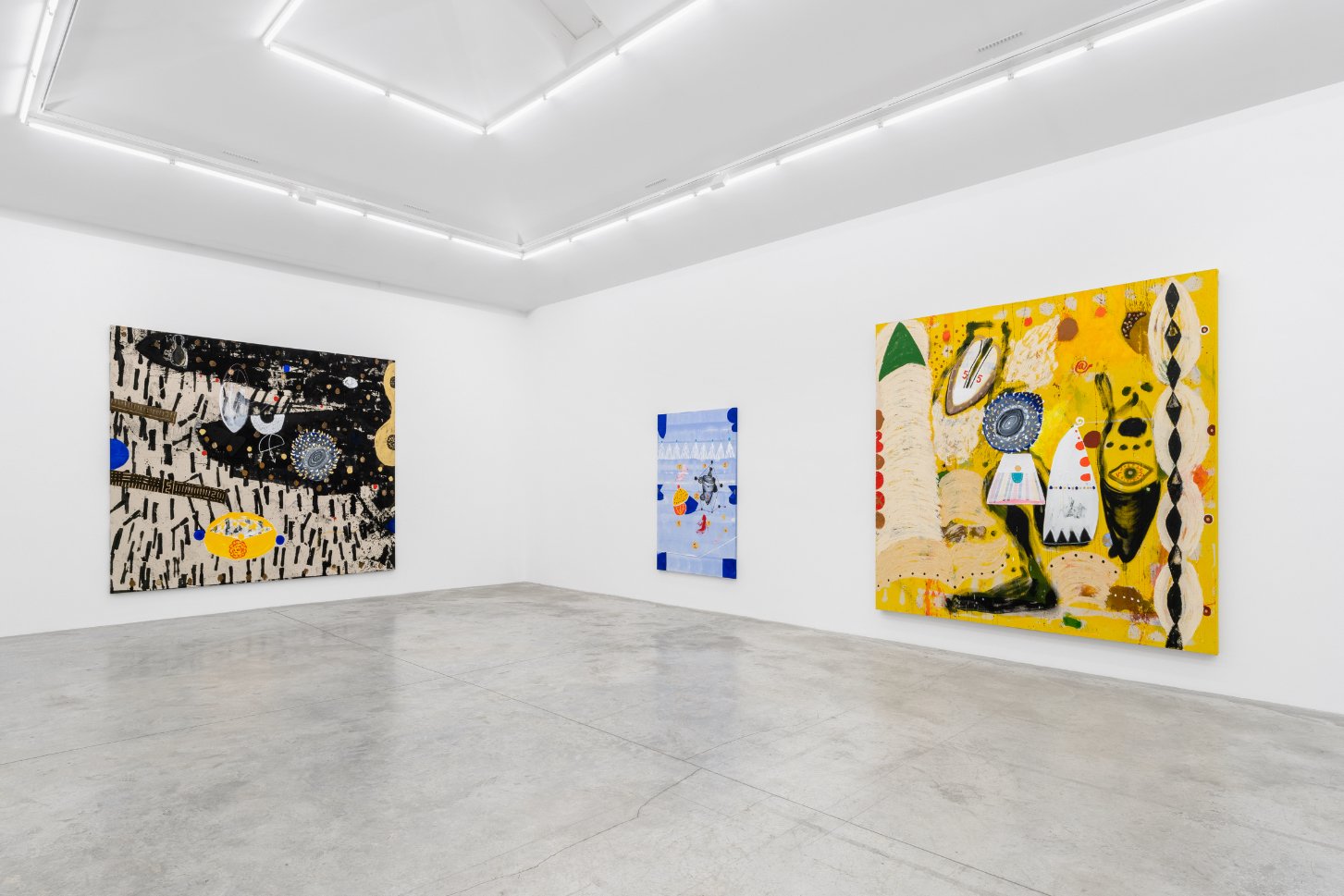Thania Petersen, Cake, 2023. Image courtesy of Nicodim Gallery.
ZAMUNDA FOREVER is Thania Petersen’s first solo exhibition in the United States. The exhibition divides Nicodim Gallery in Los Angeles into three bodies of intricately embroidered narrative textiles, covering her family’s history, their present-day life as seen from the outside, then finally portrayals of their familial dynamic in more personal settings. Juxtaposed against one another, the three series are an honest depiction of how the journey that brought the artist’s people to South Africa resulted in a separation of selves that exist symbiotically to construct a new cohesive and contemporary identity.
Zamunda is the fictional African nation from which Eddie Murphy’s character hails in the 1988 film Coming to America. In these large-scale works, the artist reckons with the hyper-commercialization of her native continent, and the semi-truthfulness of the signifiers both Westerners and Africans use to market themselves to one another. ZAMUNDA FOREVER, like Petersen herself, embodies the plural histories, spiritualities, sonorities, and cultures of the Afrasiatic Sea. Also everpresent: the universal and readily identifiable signs of a family and community that lives, laughs, and loves with one another.
ZAMUNDA FOREVER is on view through September 9 @ Nicodim Gallery, 1700 S Santa Fe Avenue, #160, Los Angeles, CA 90021


